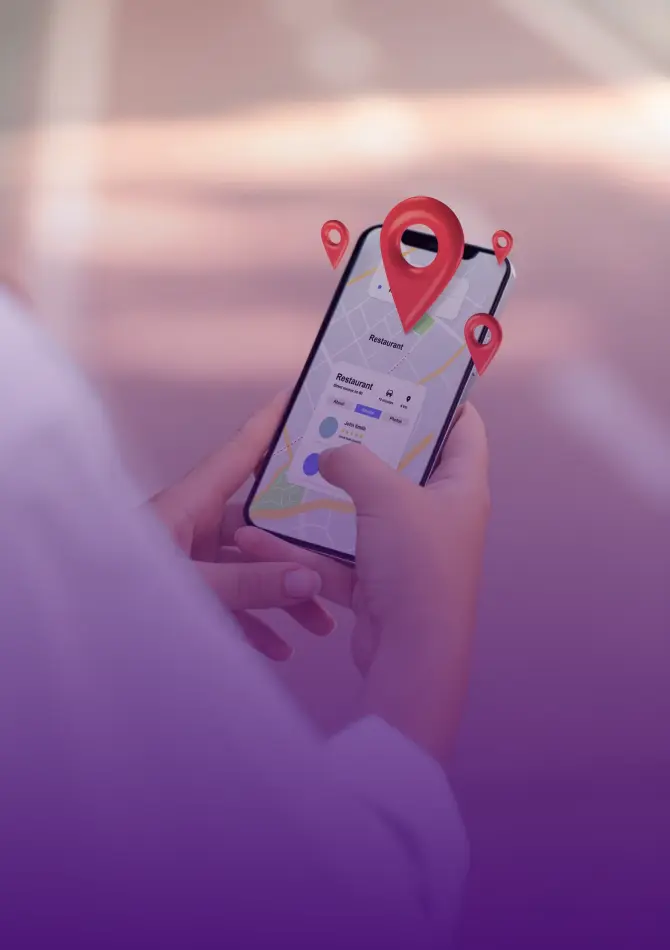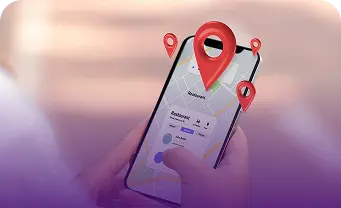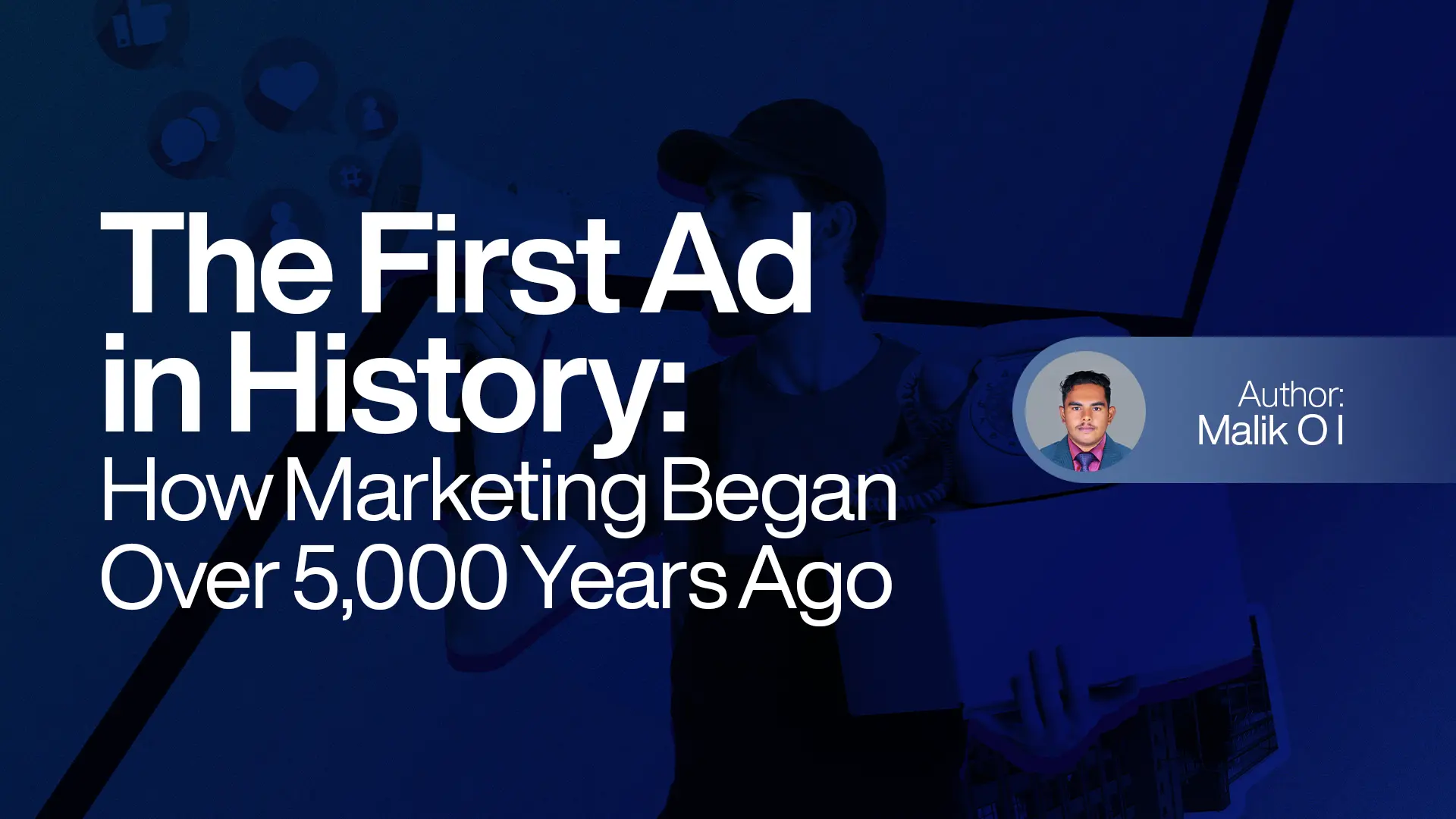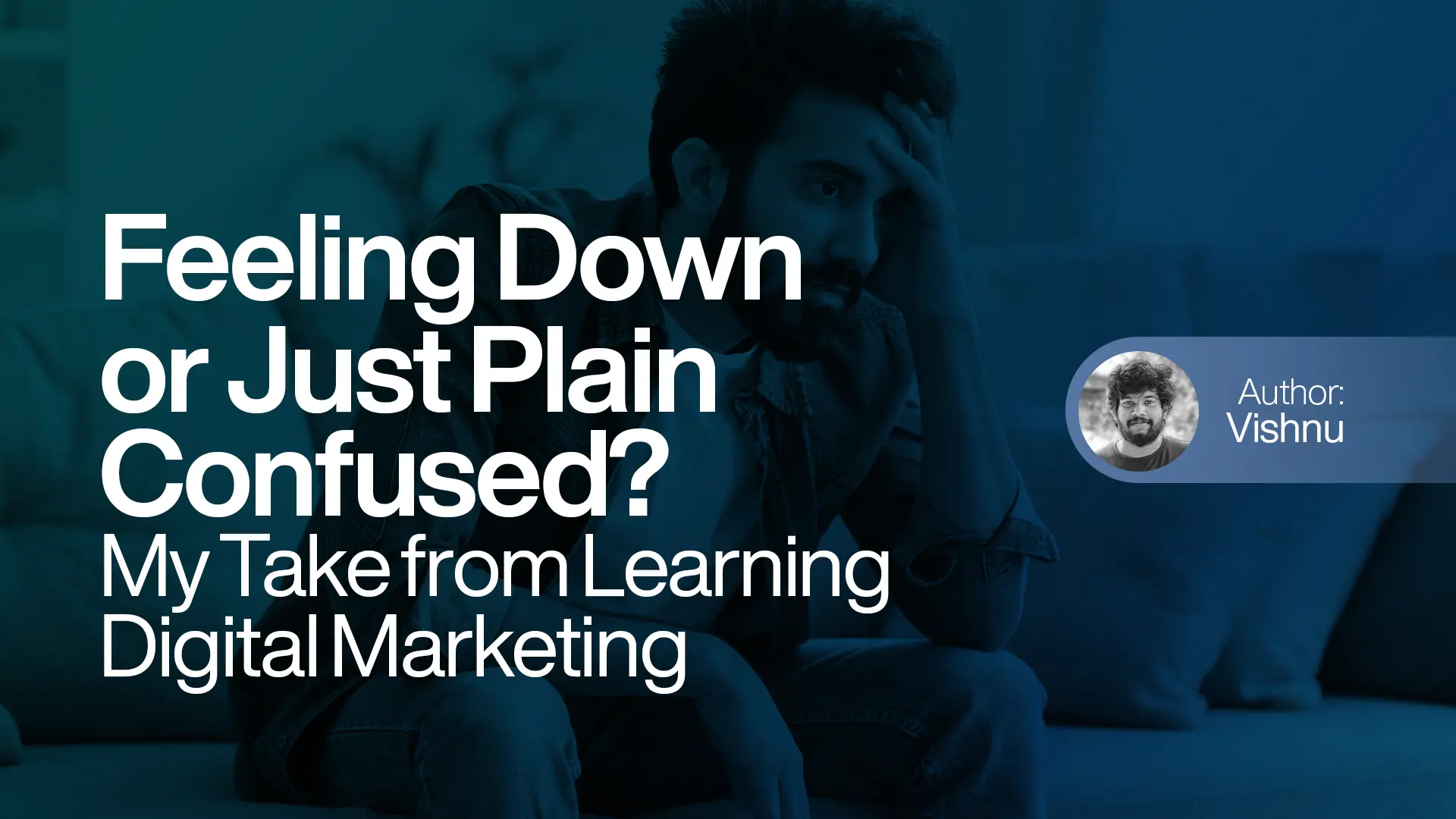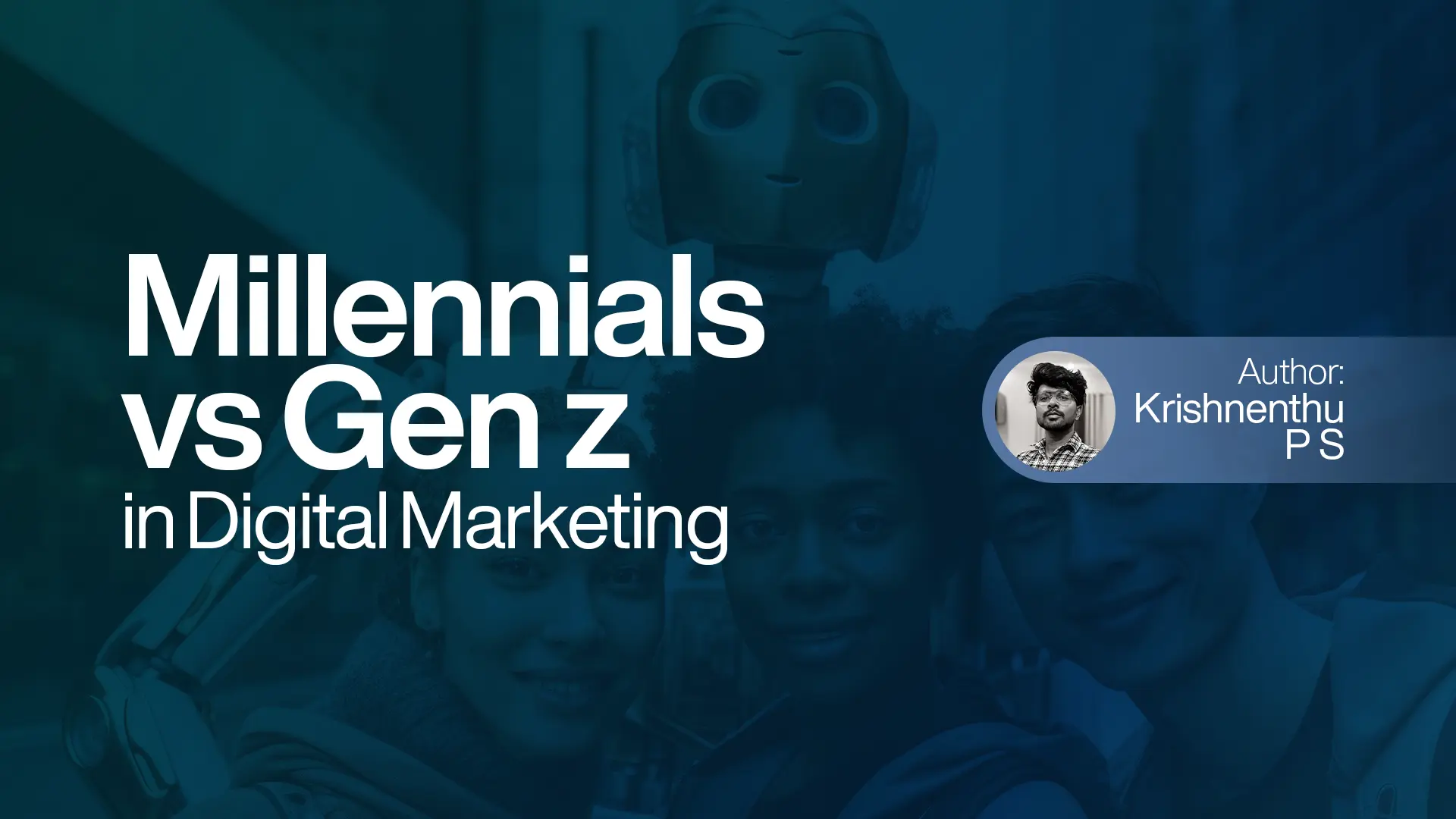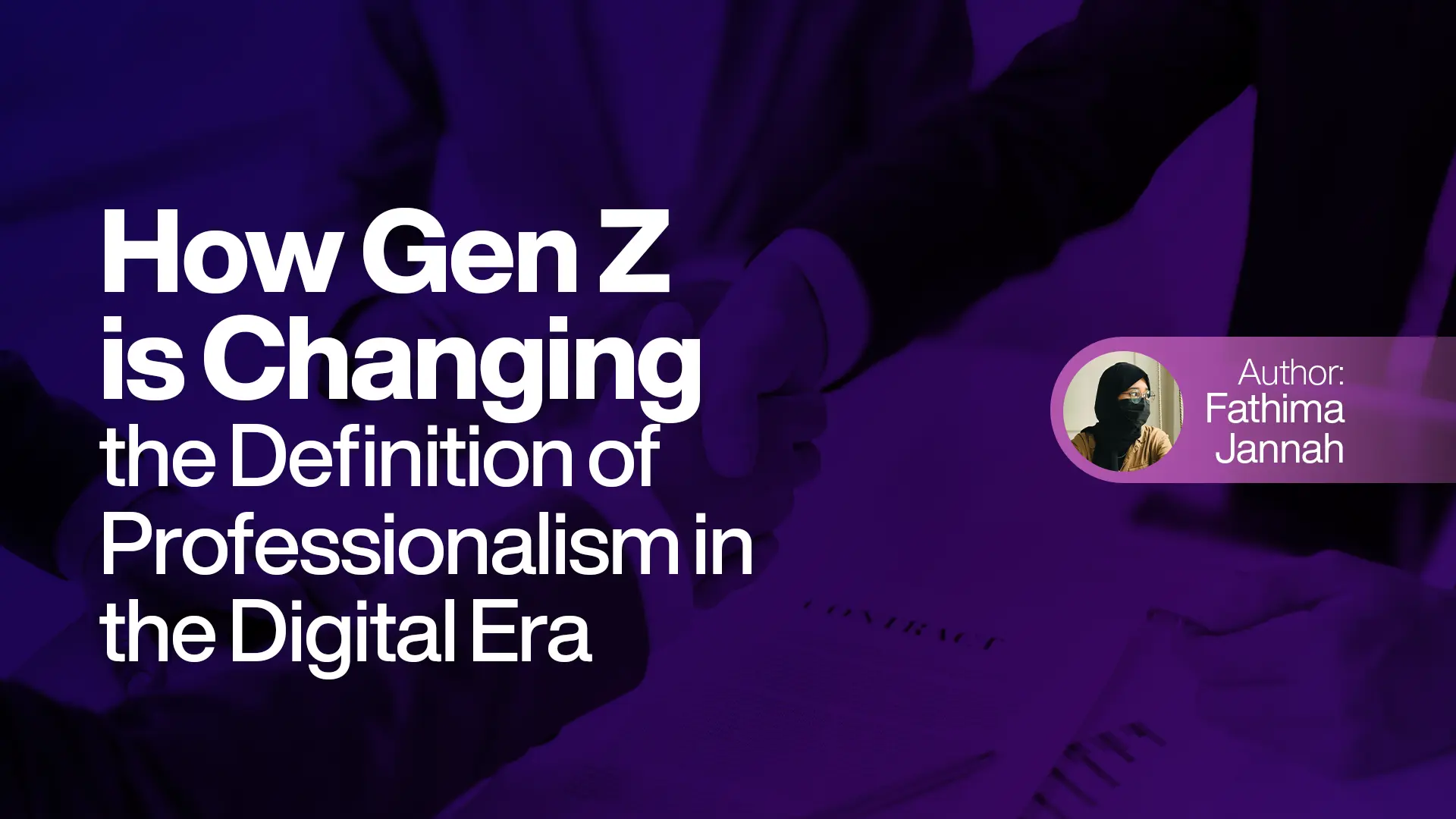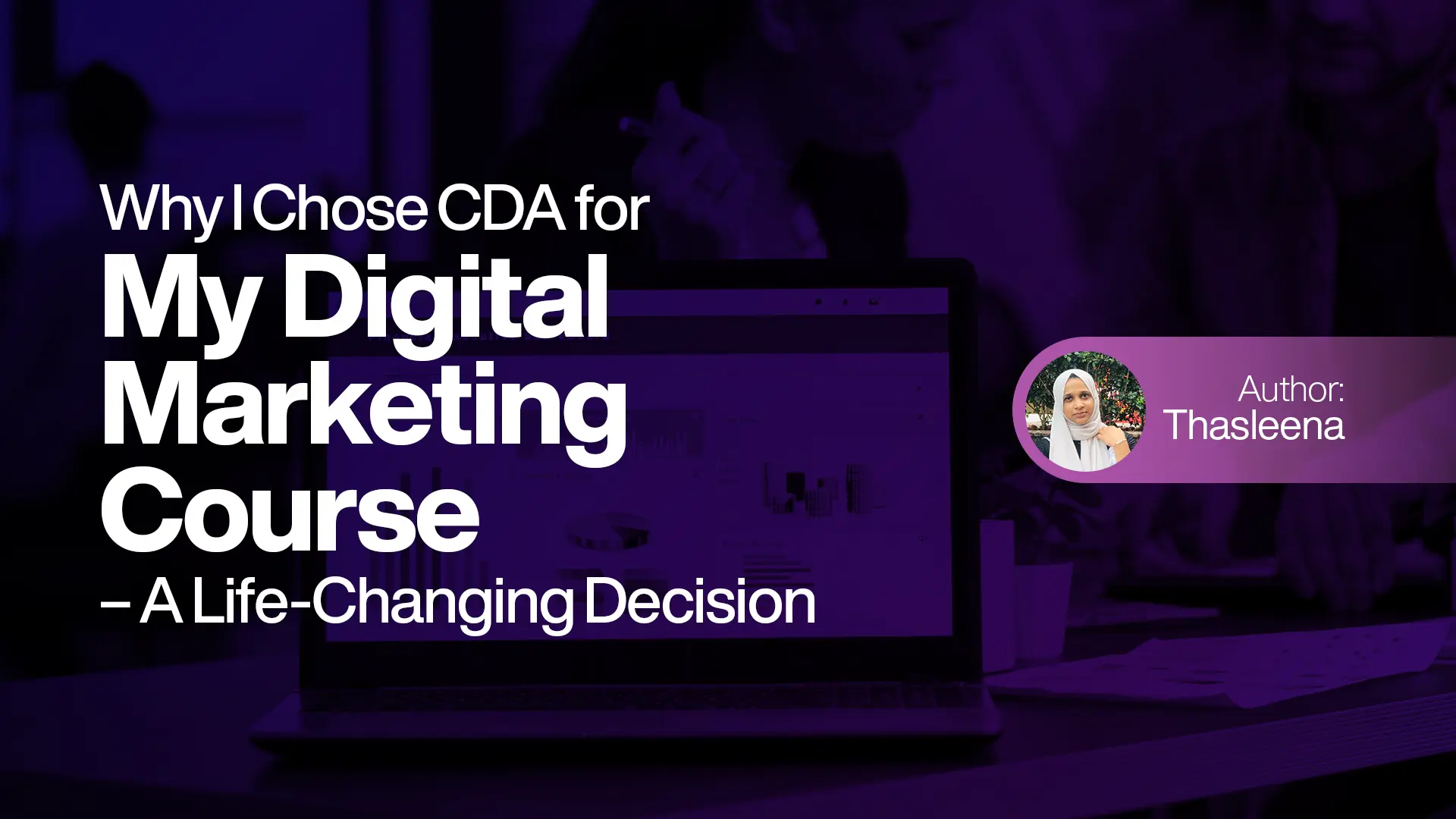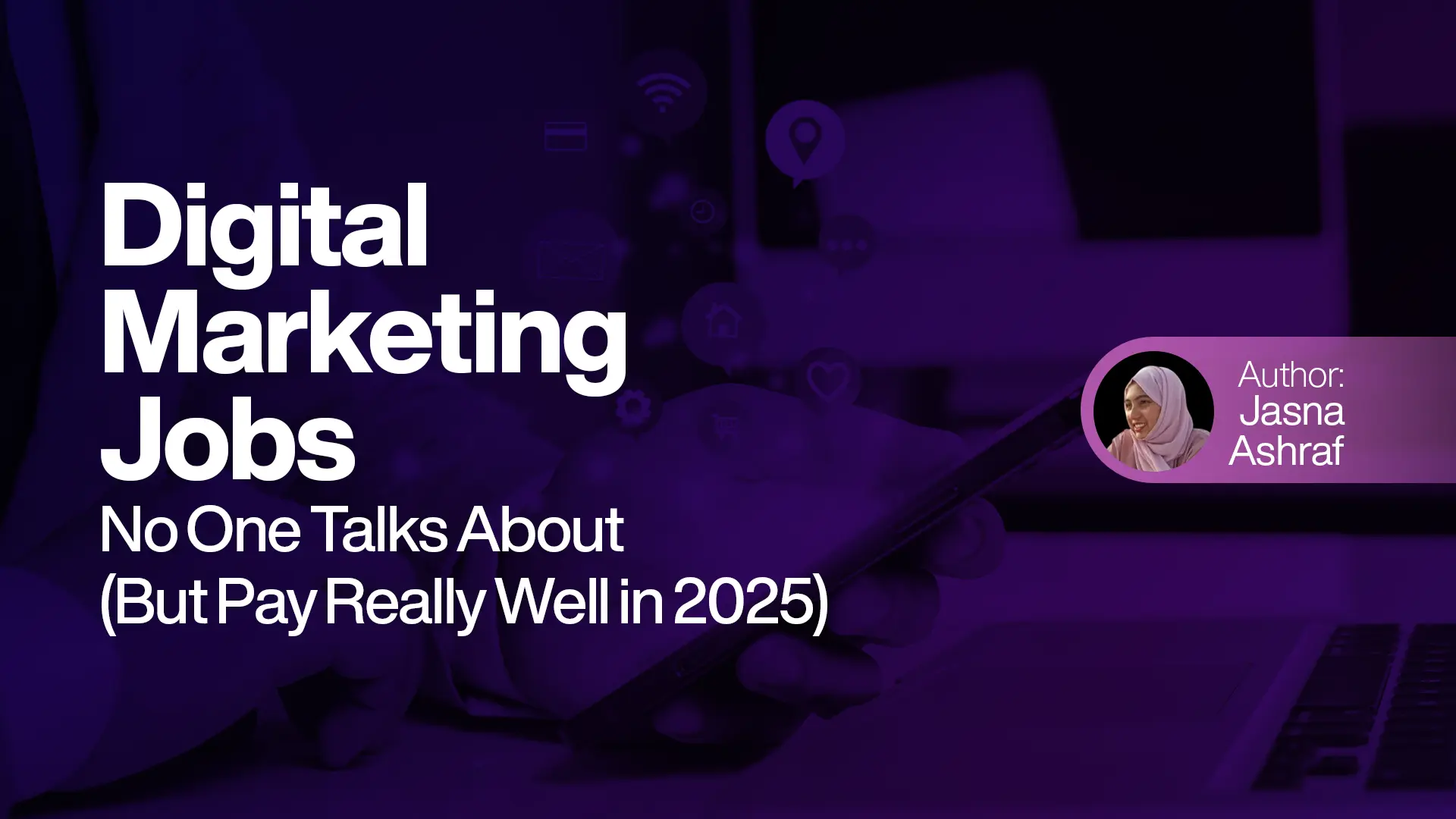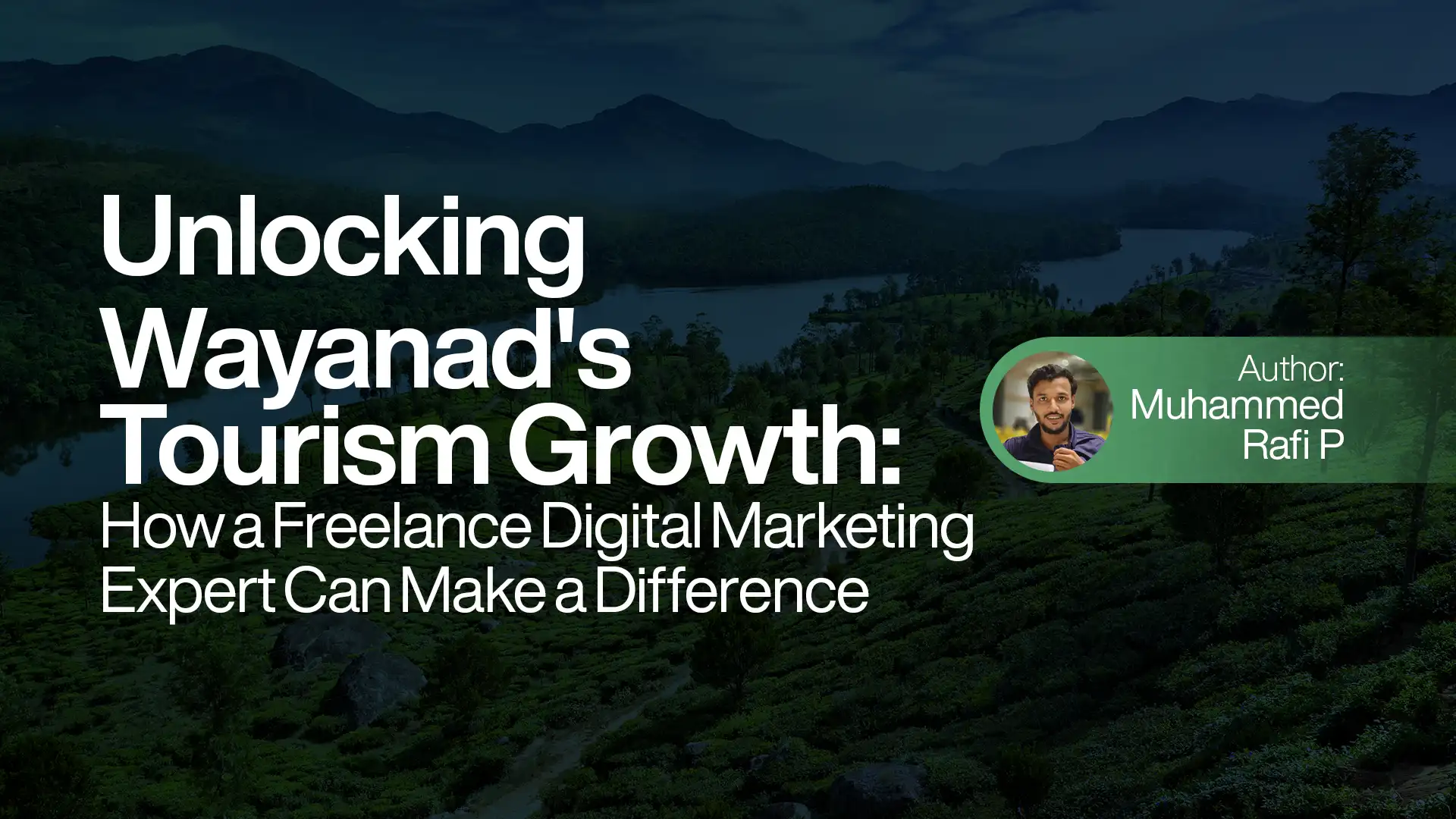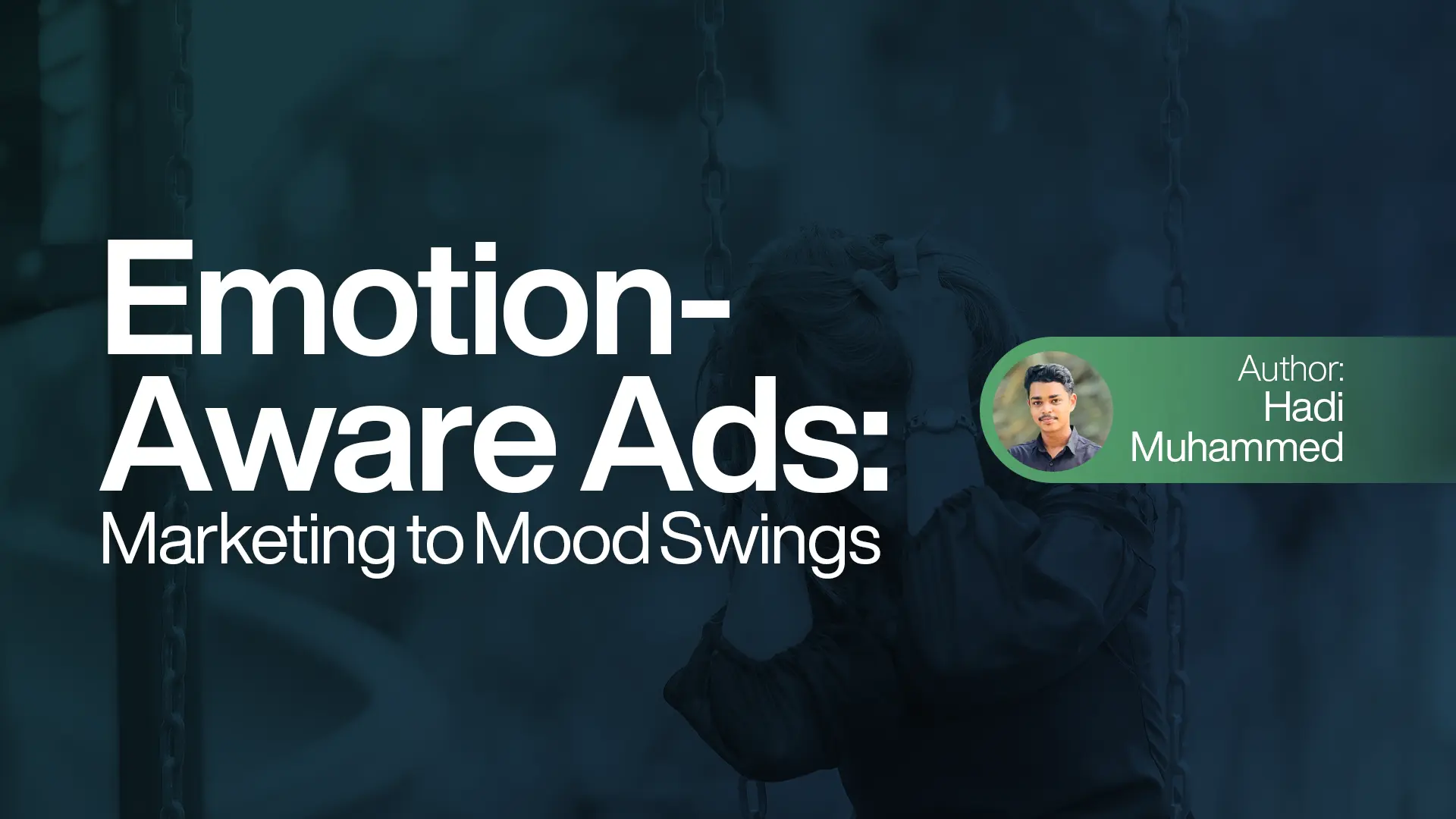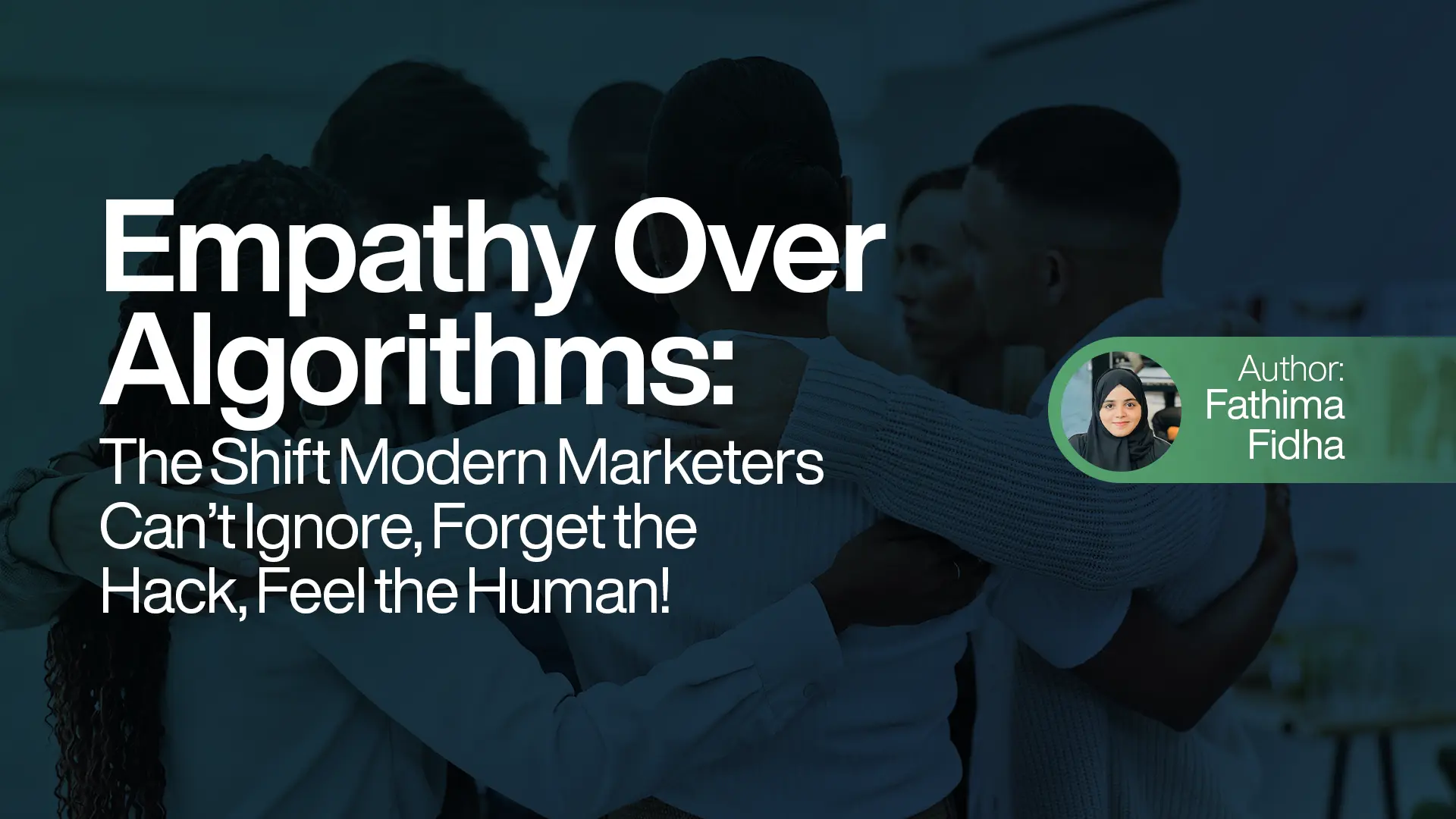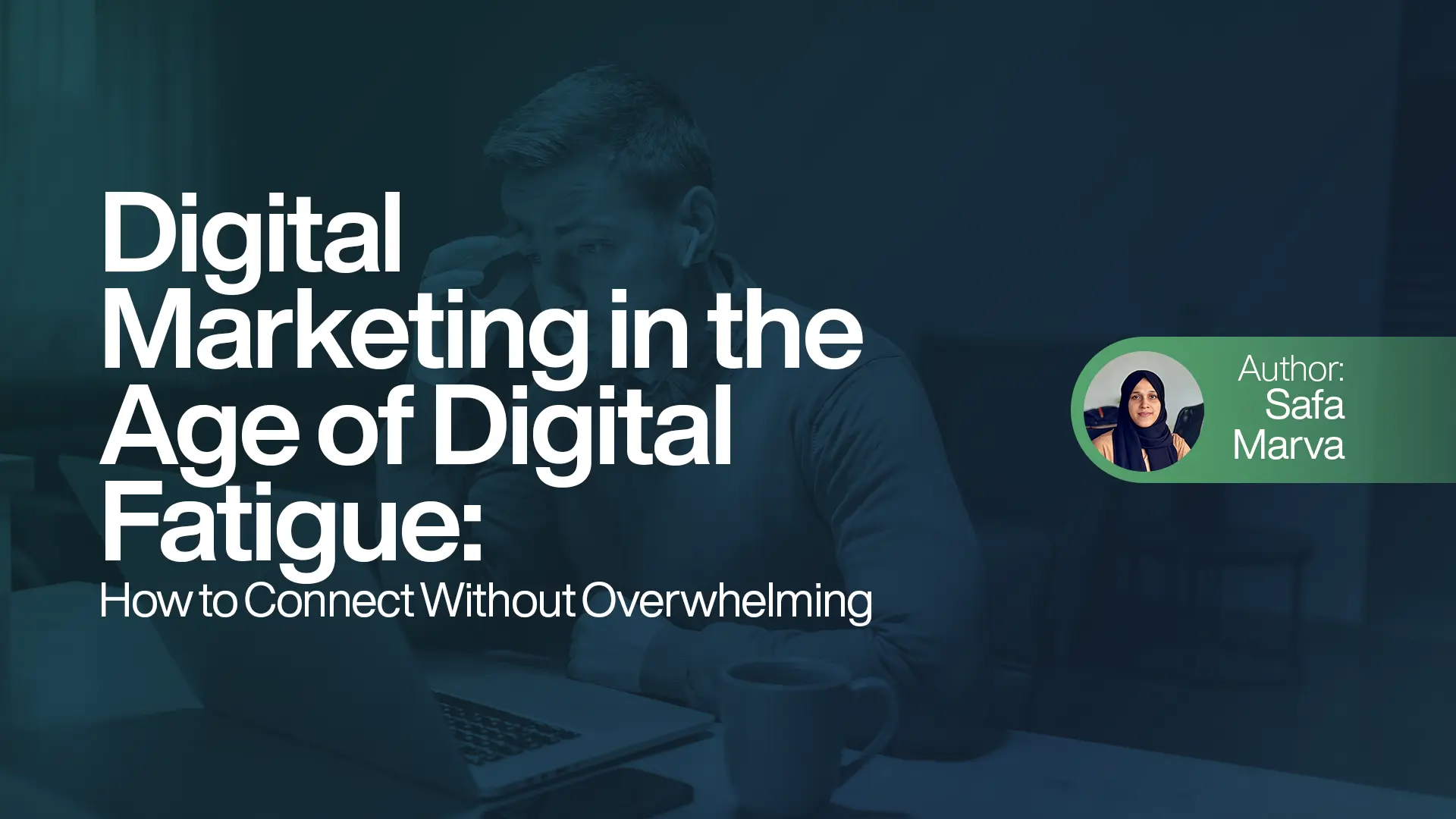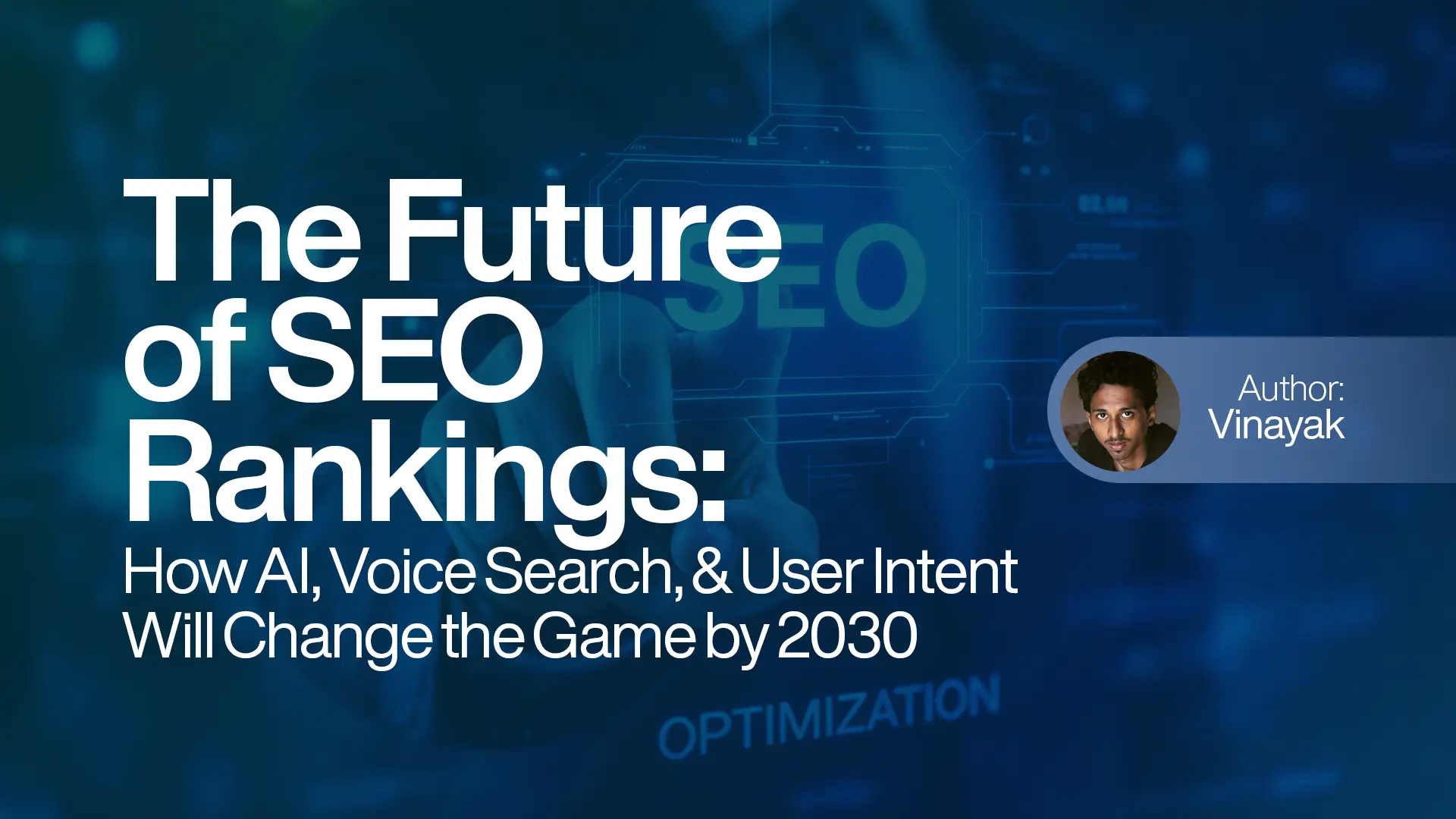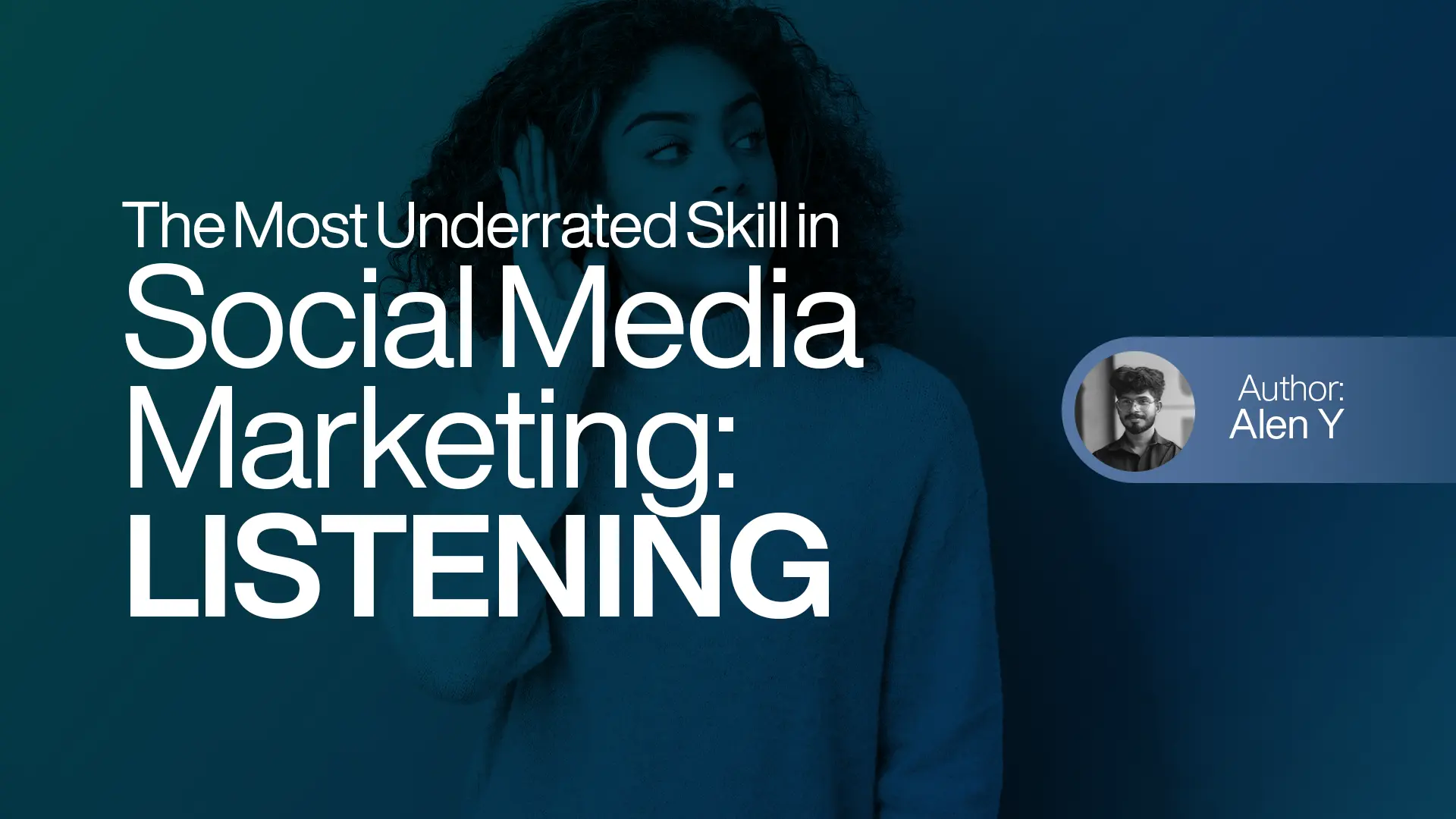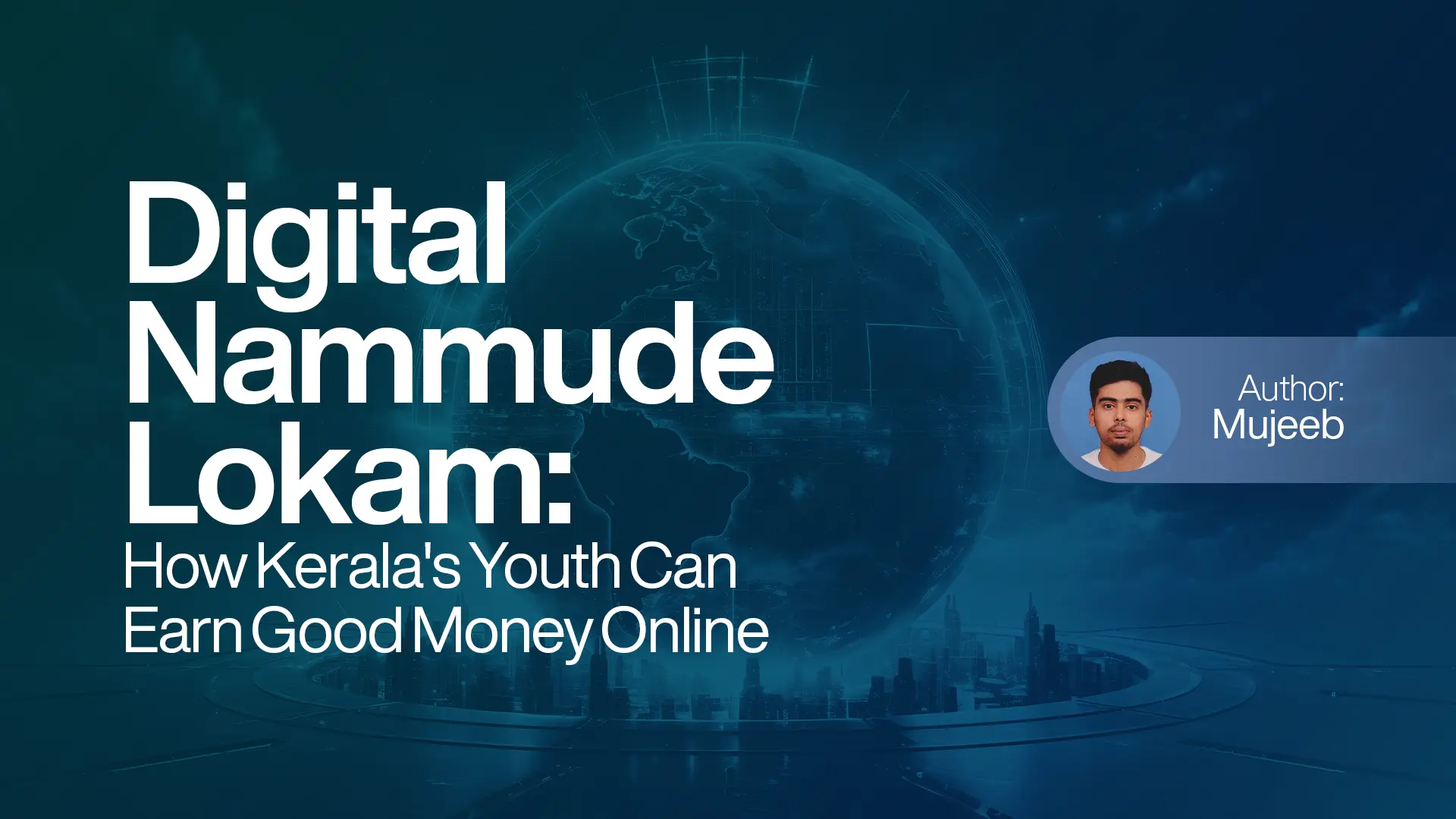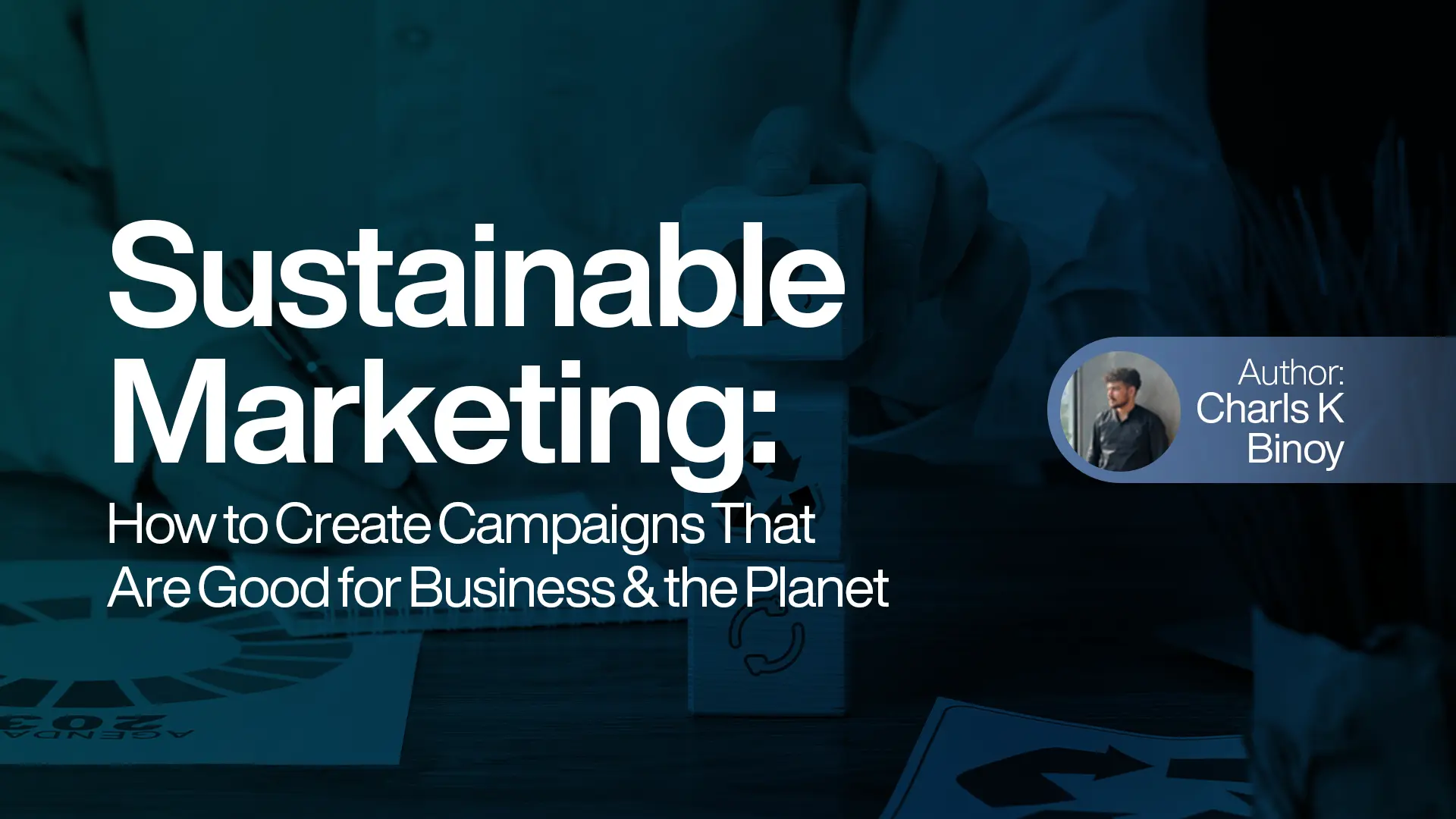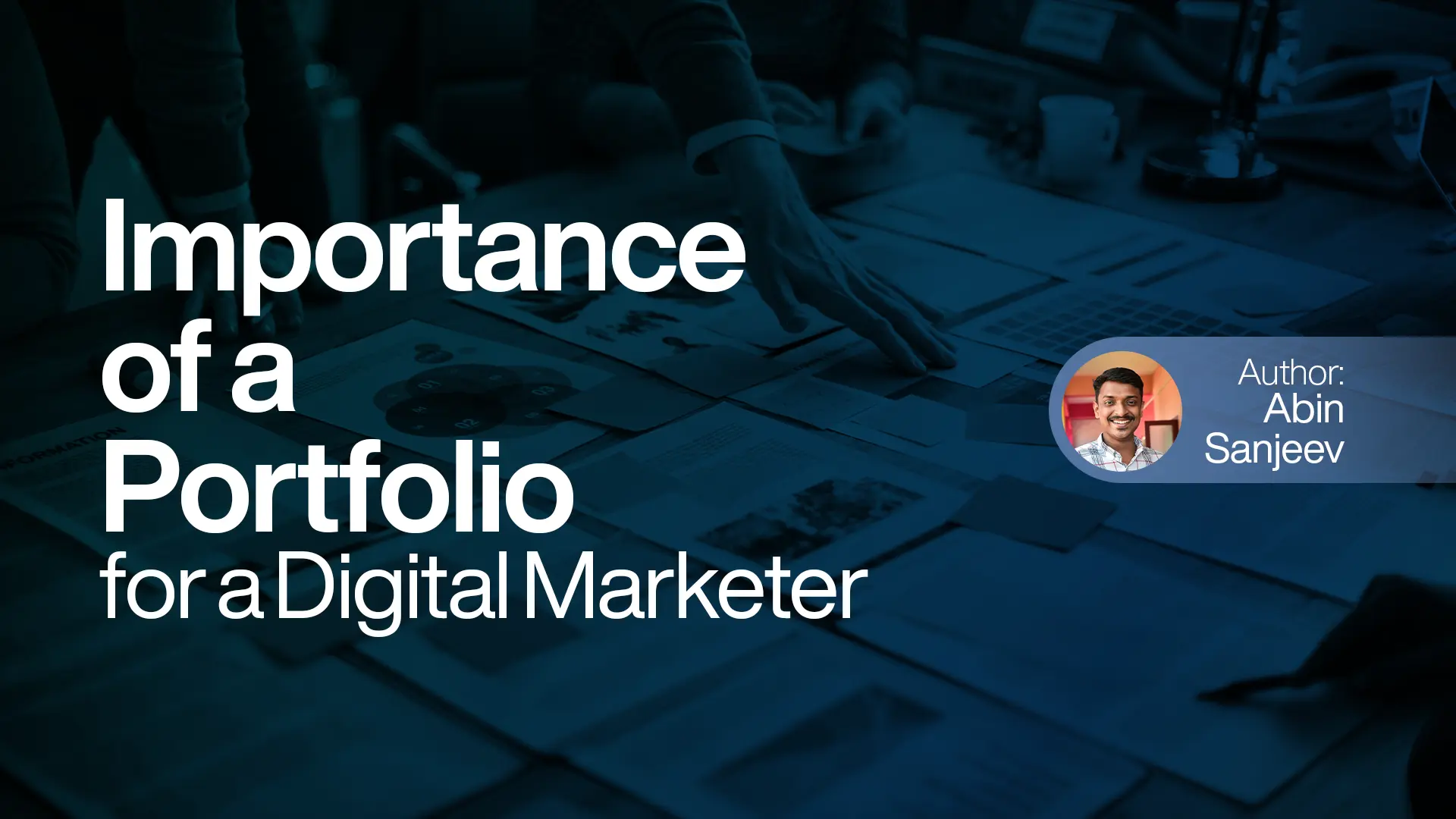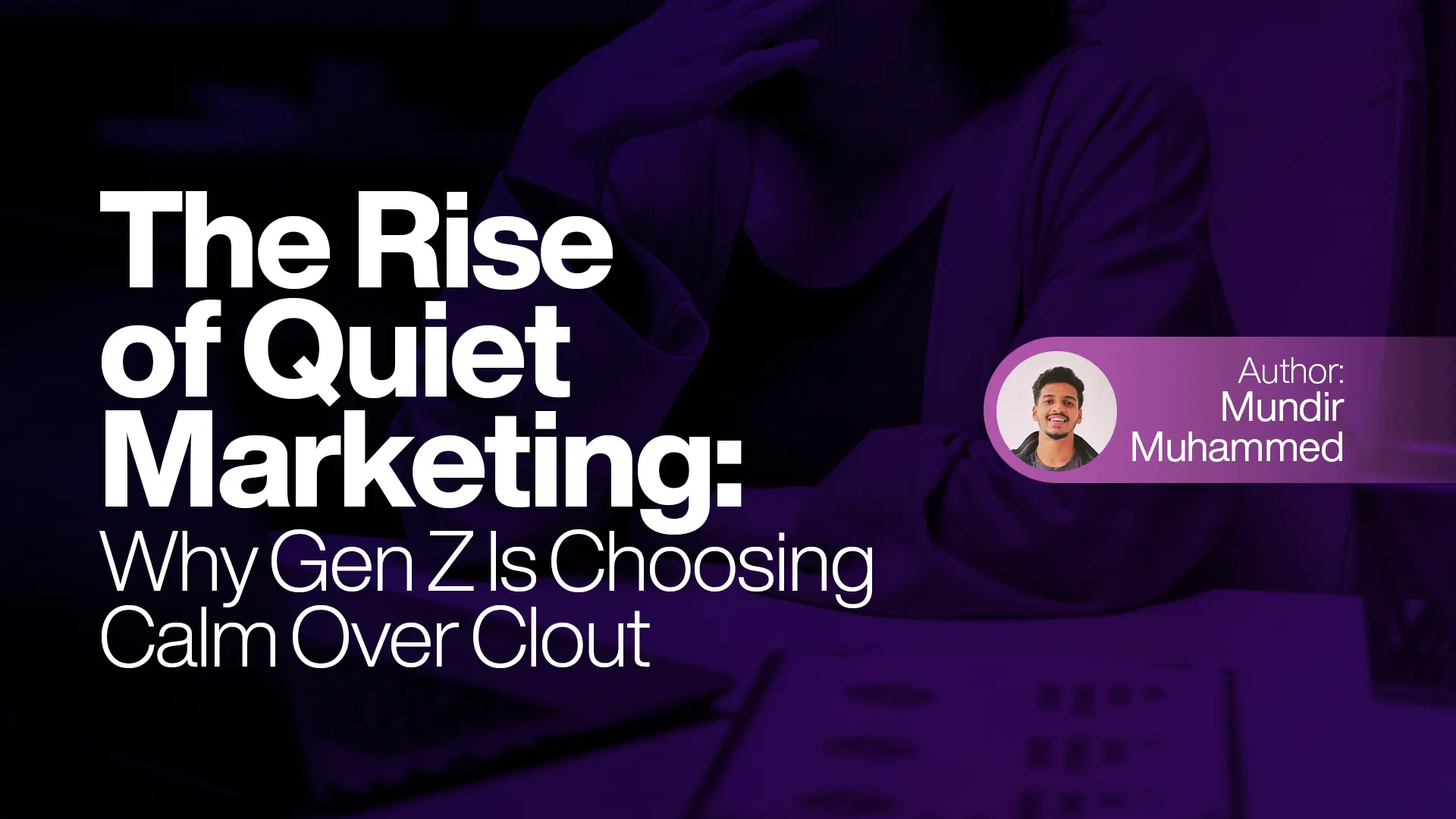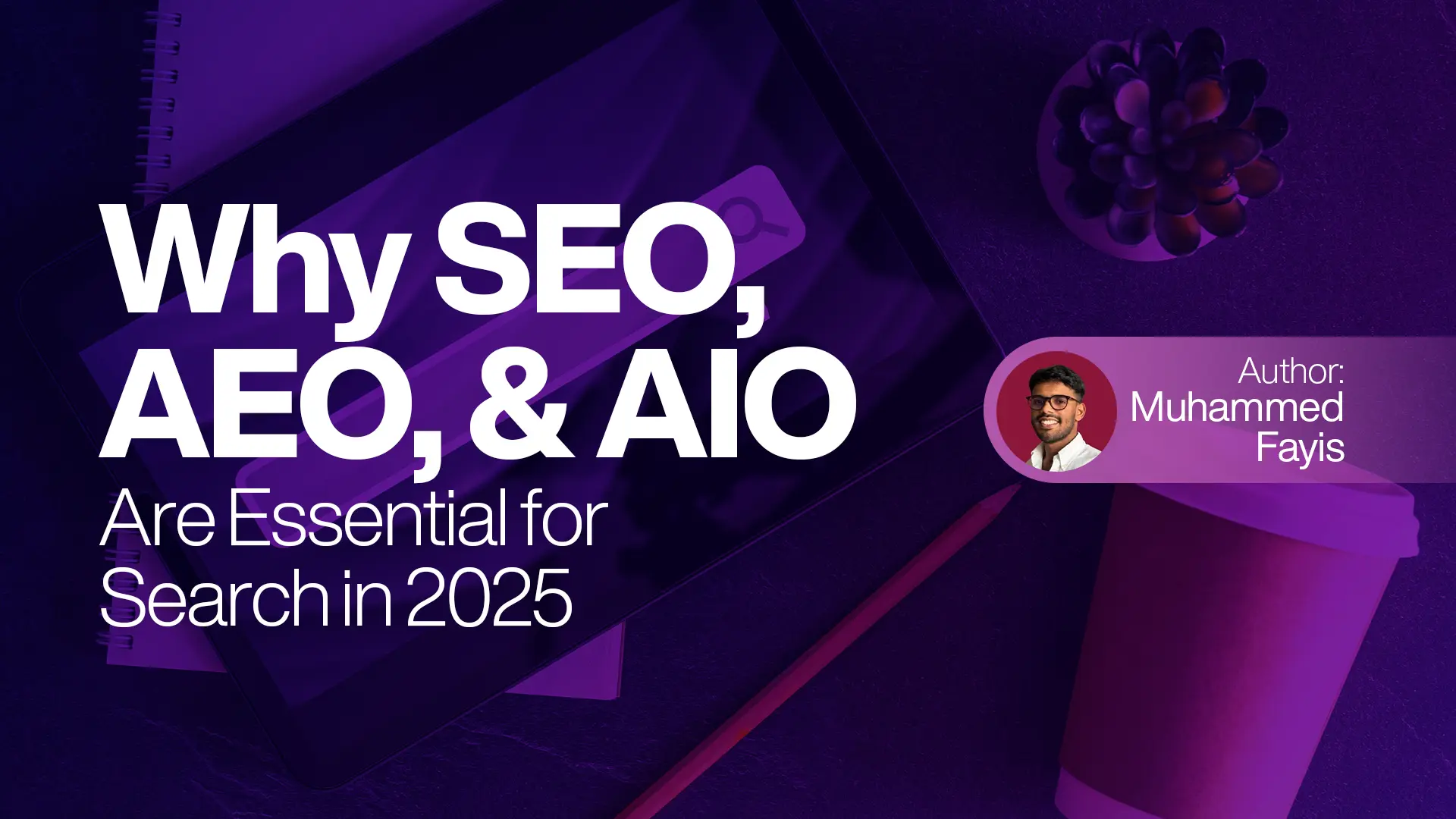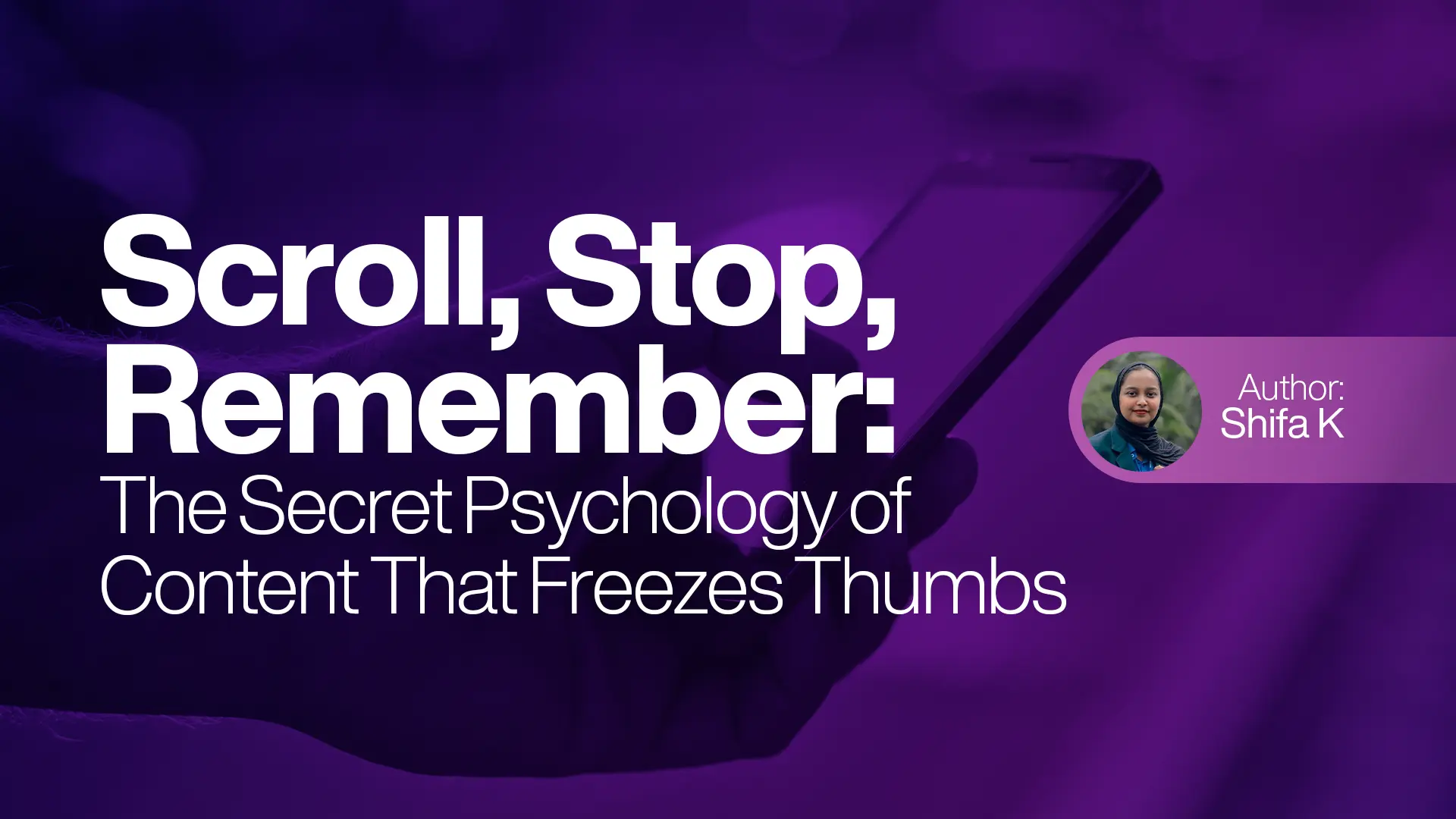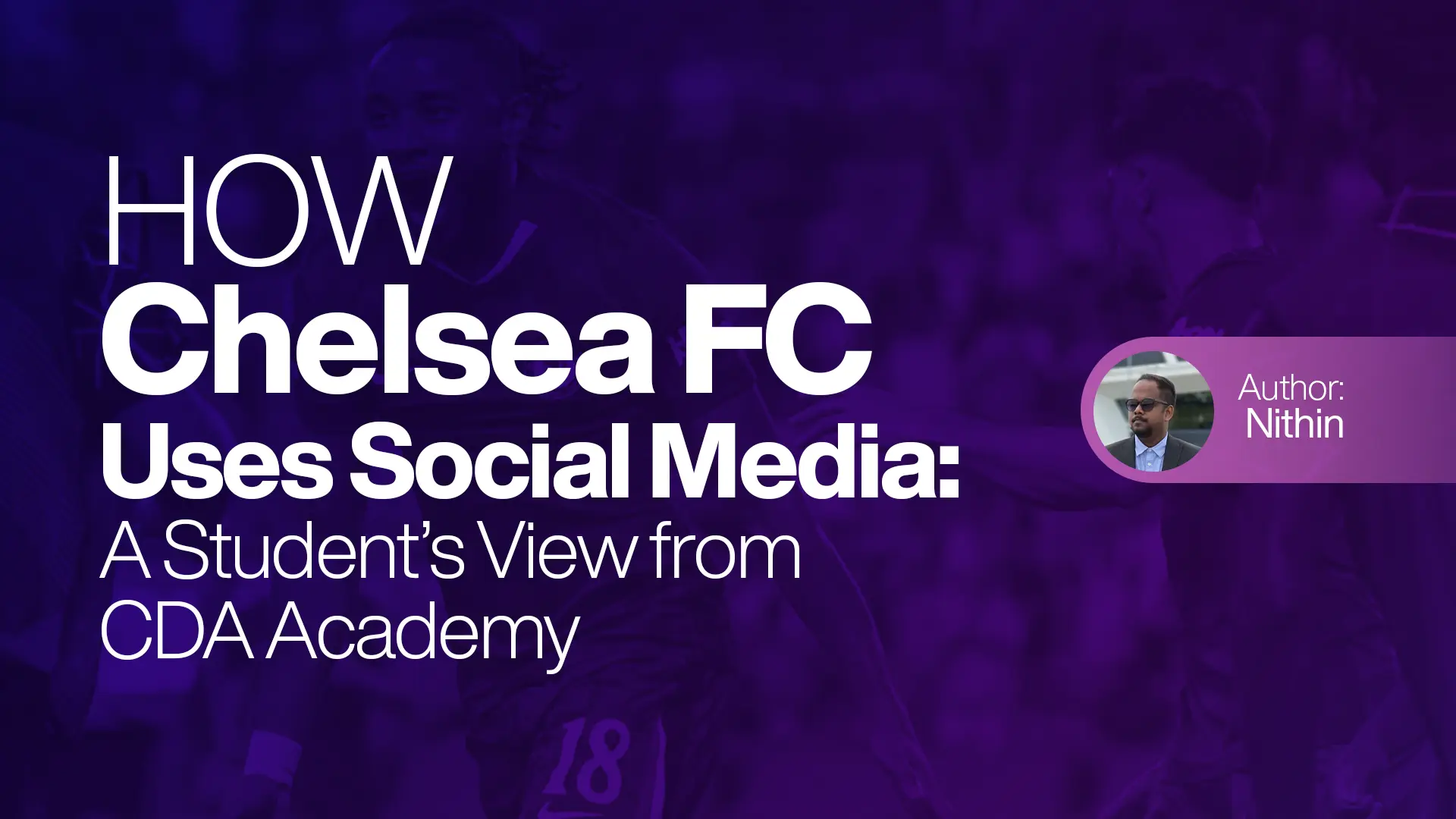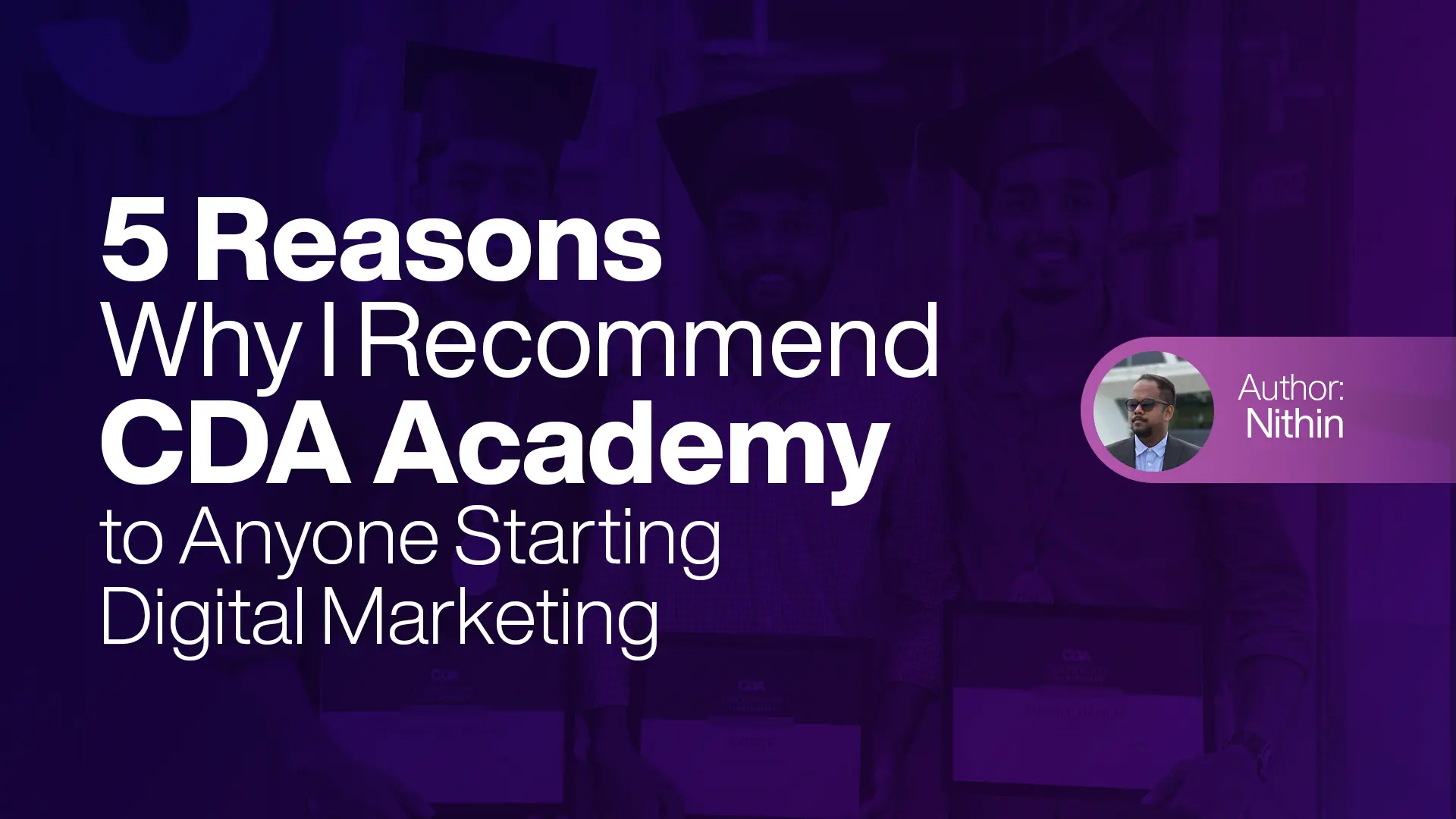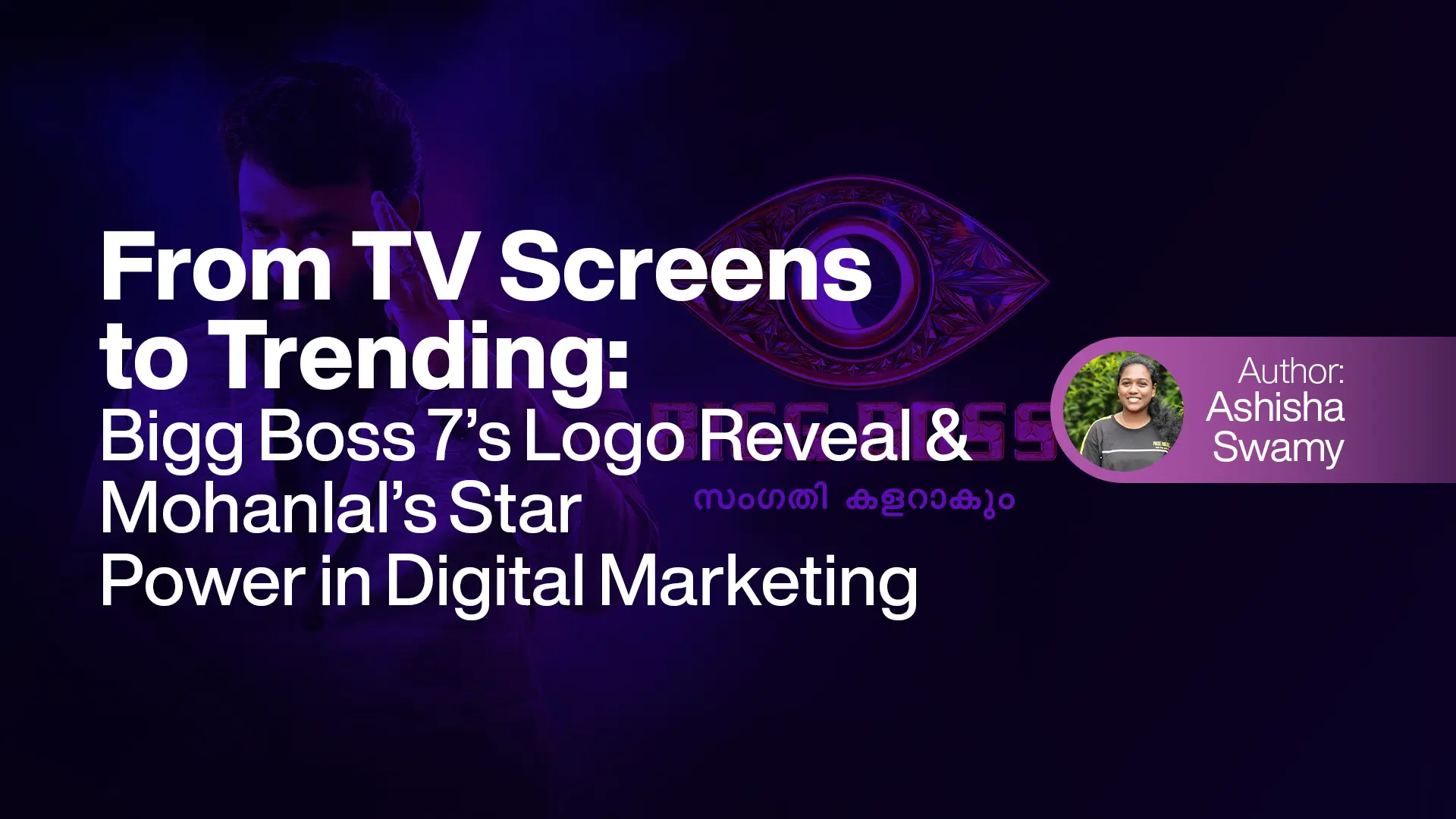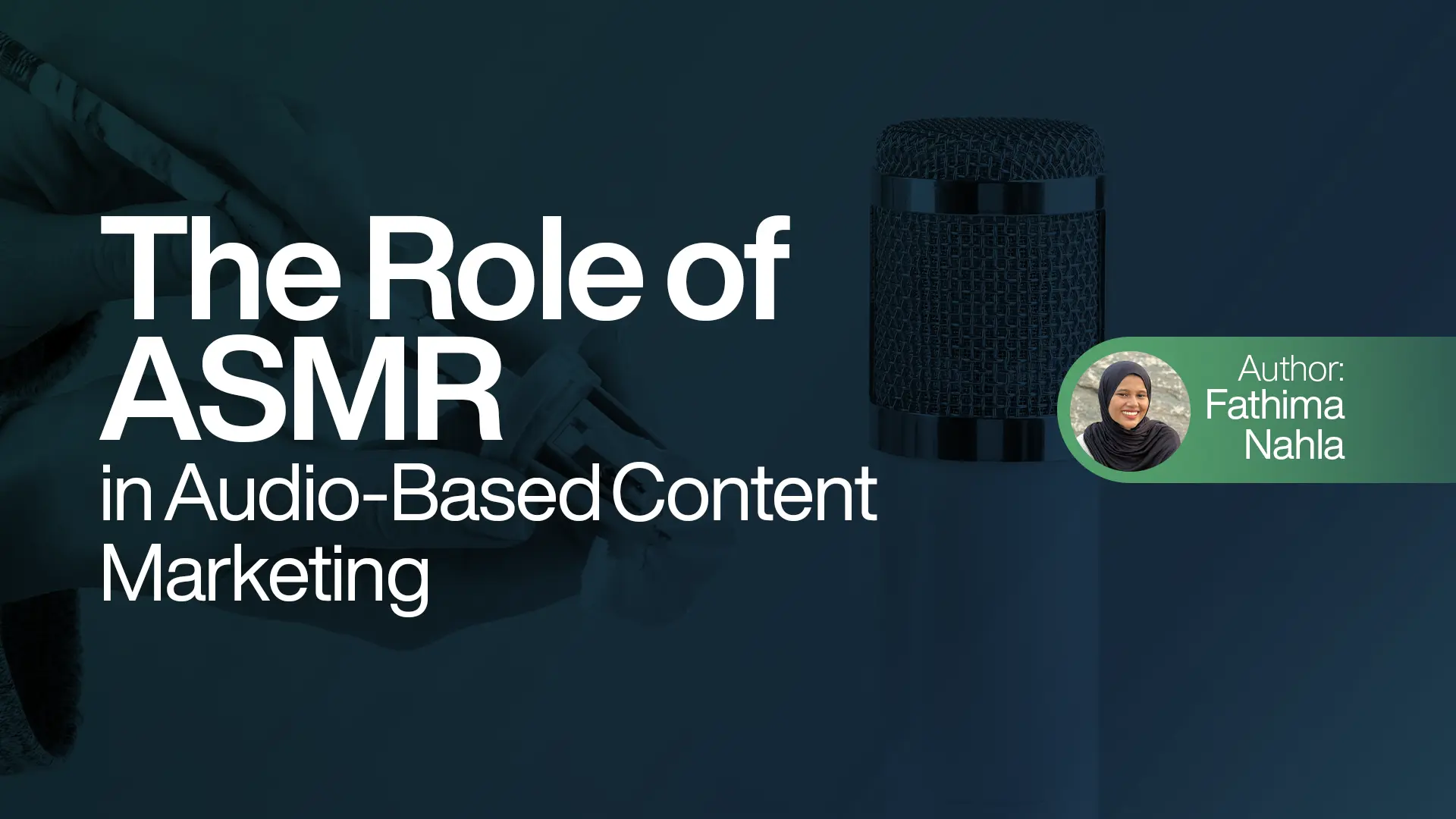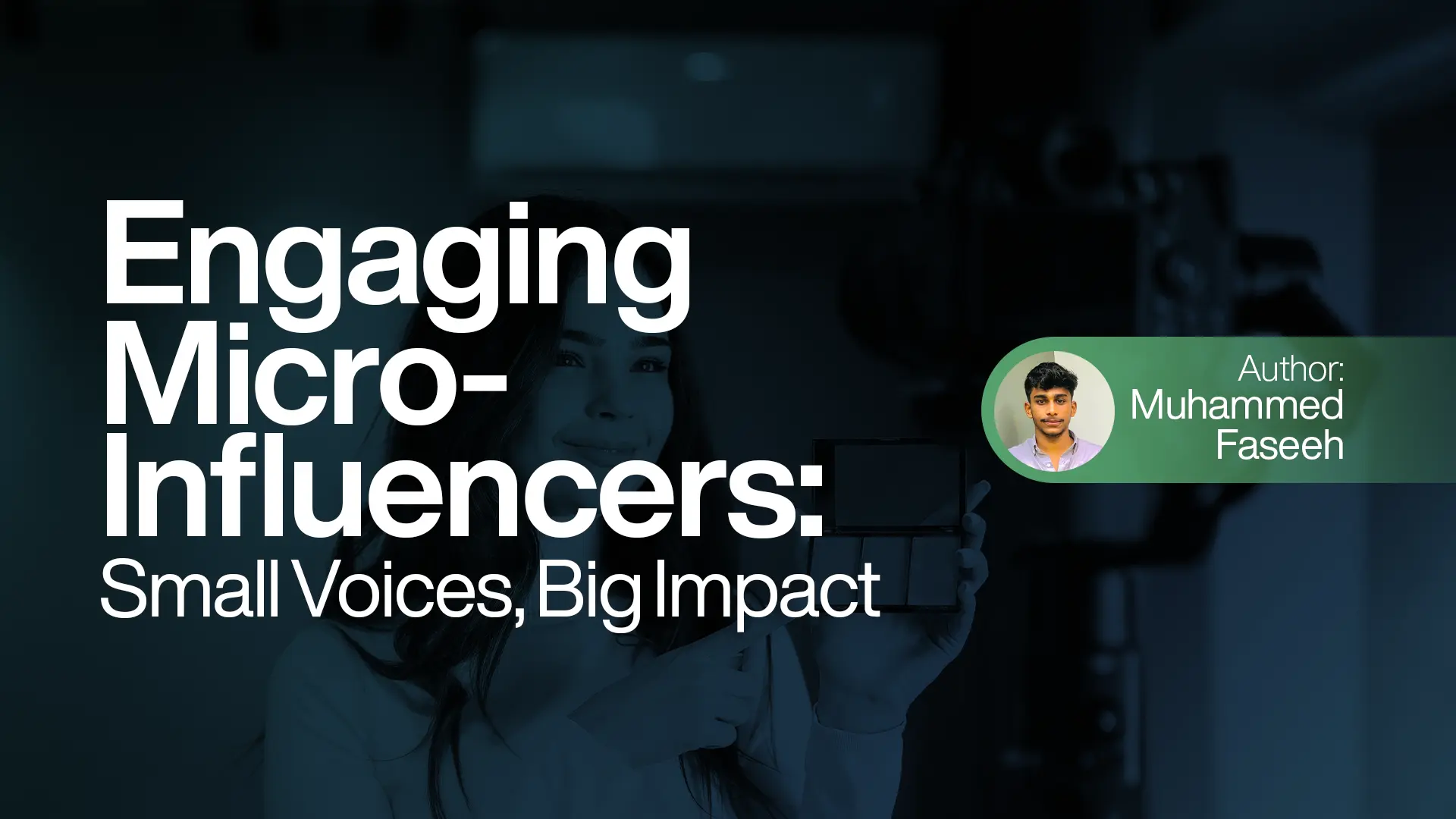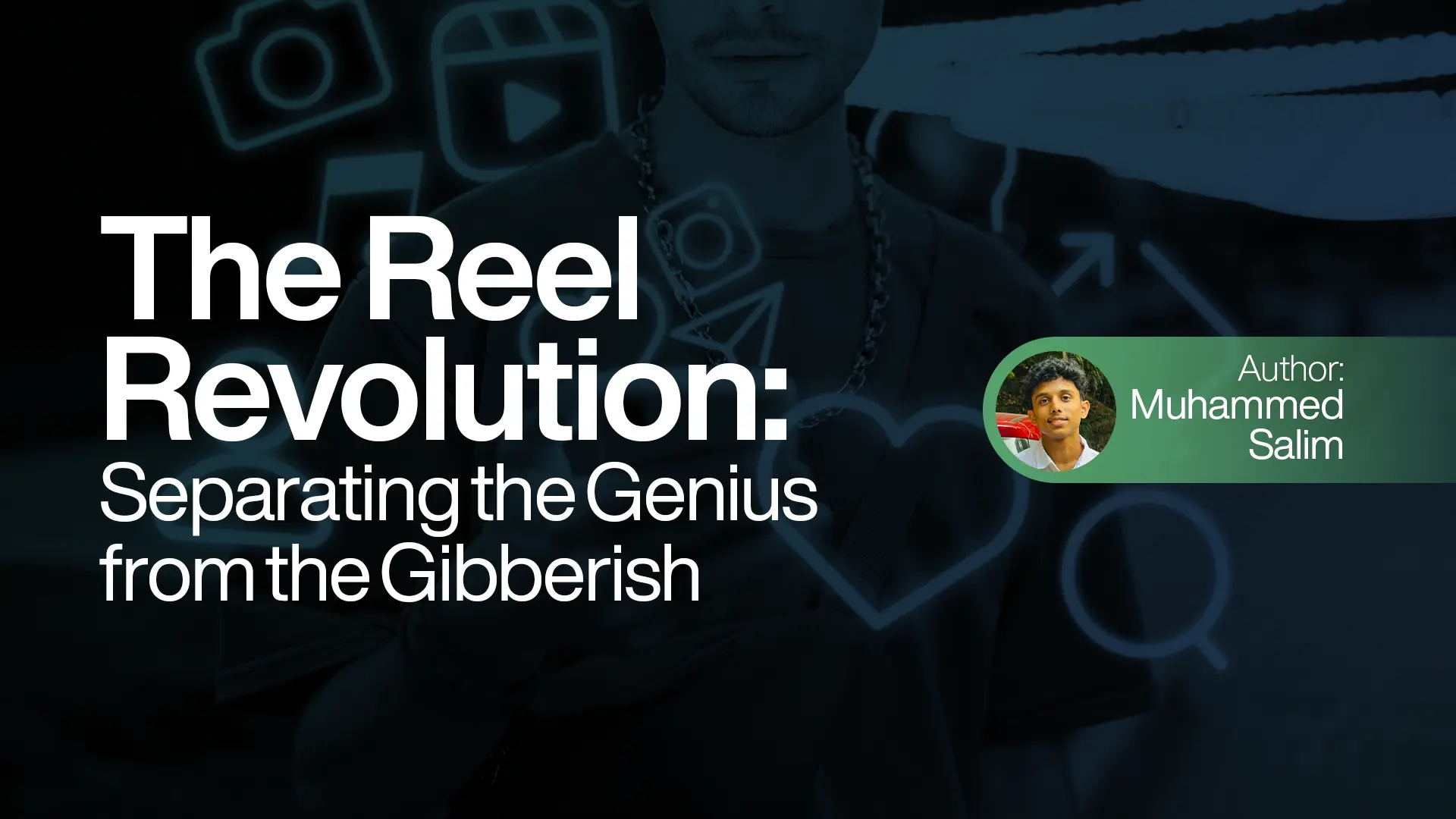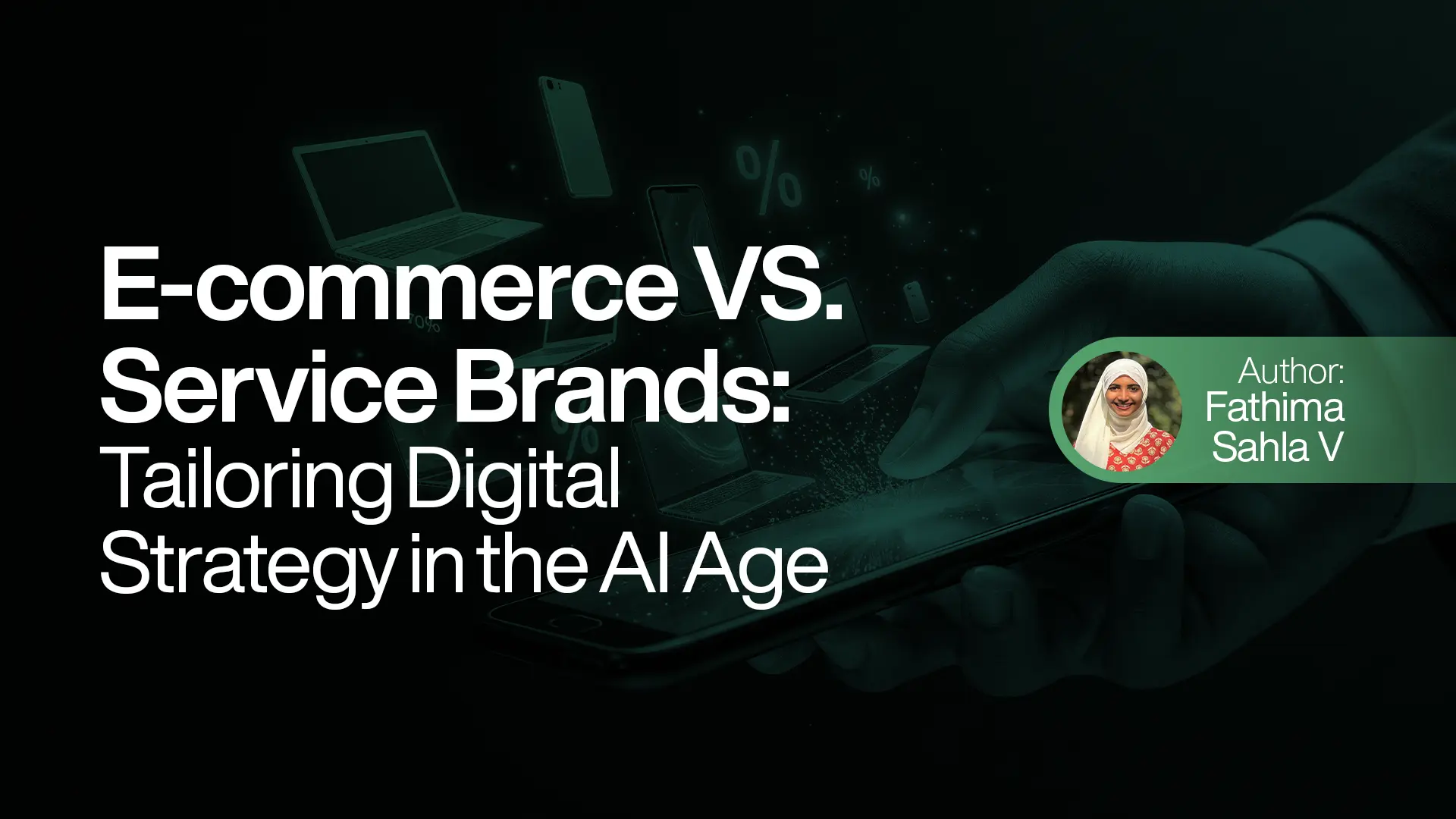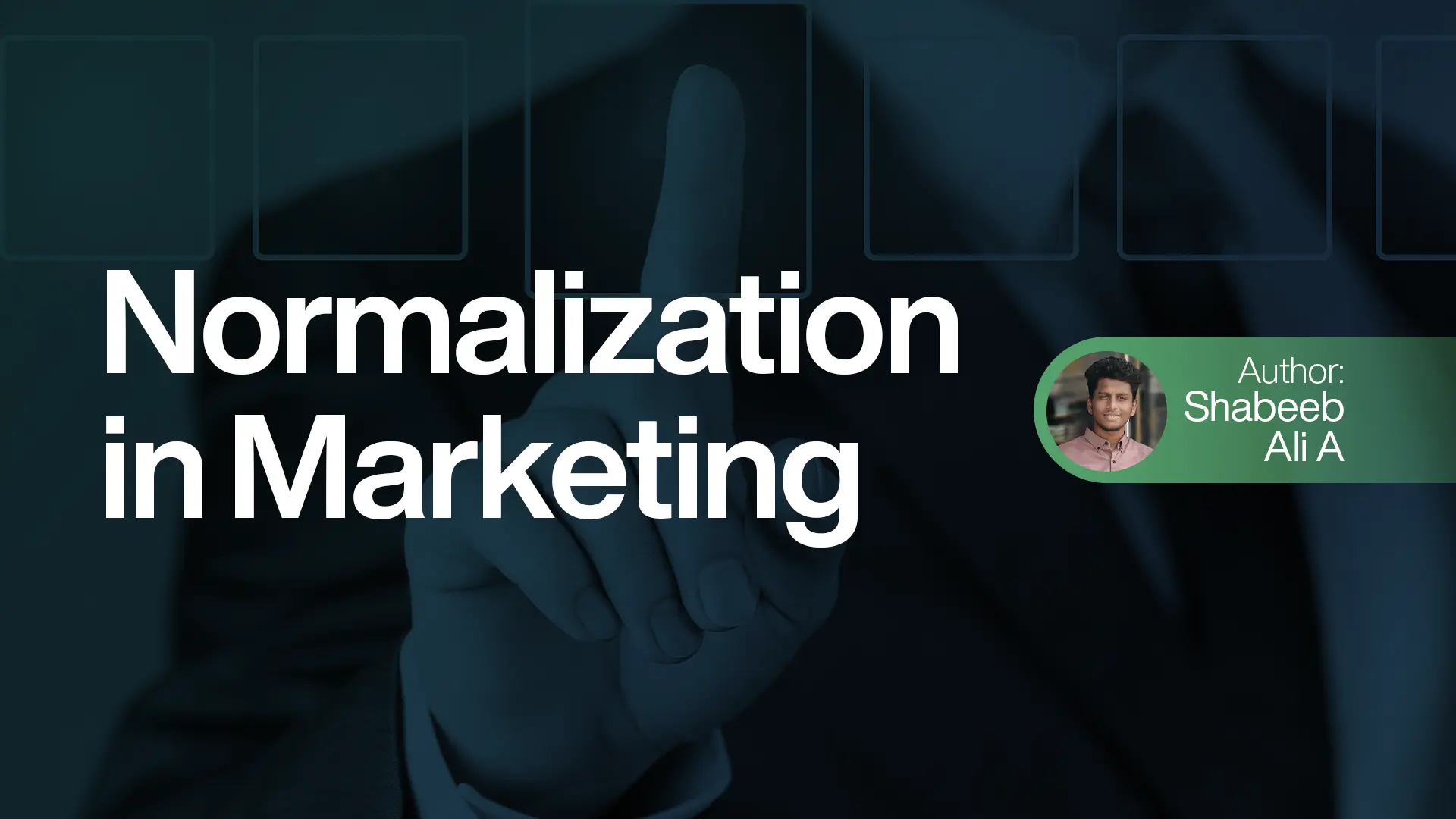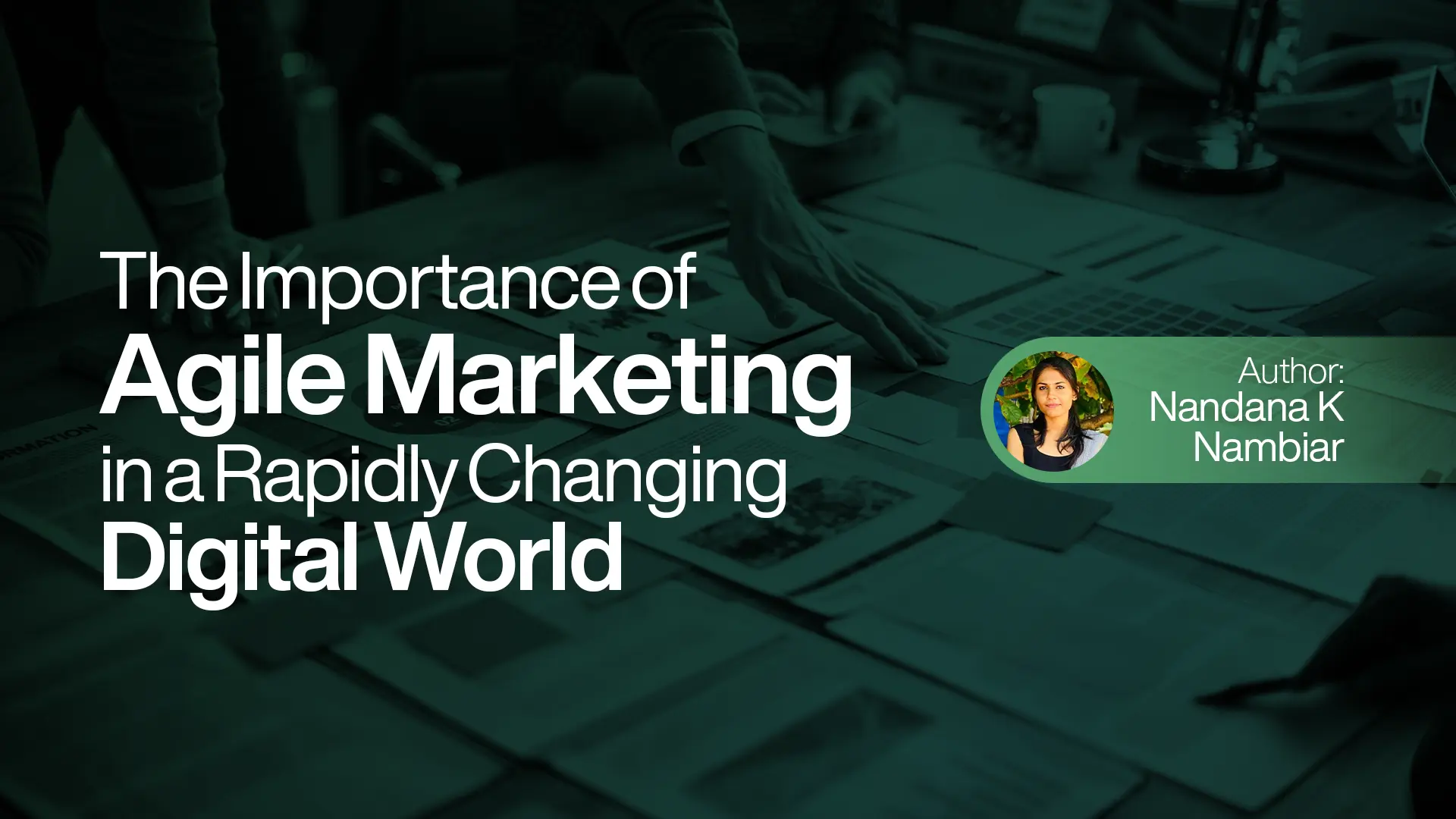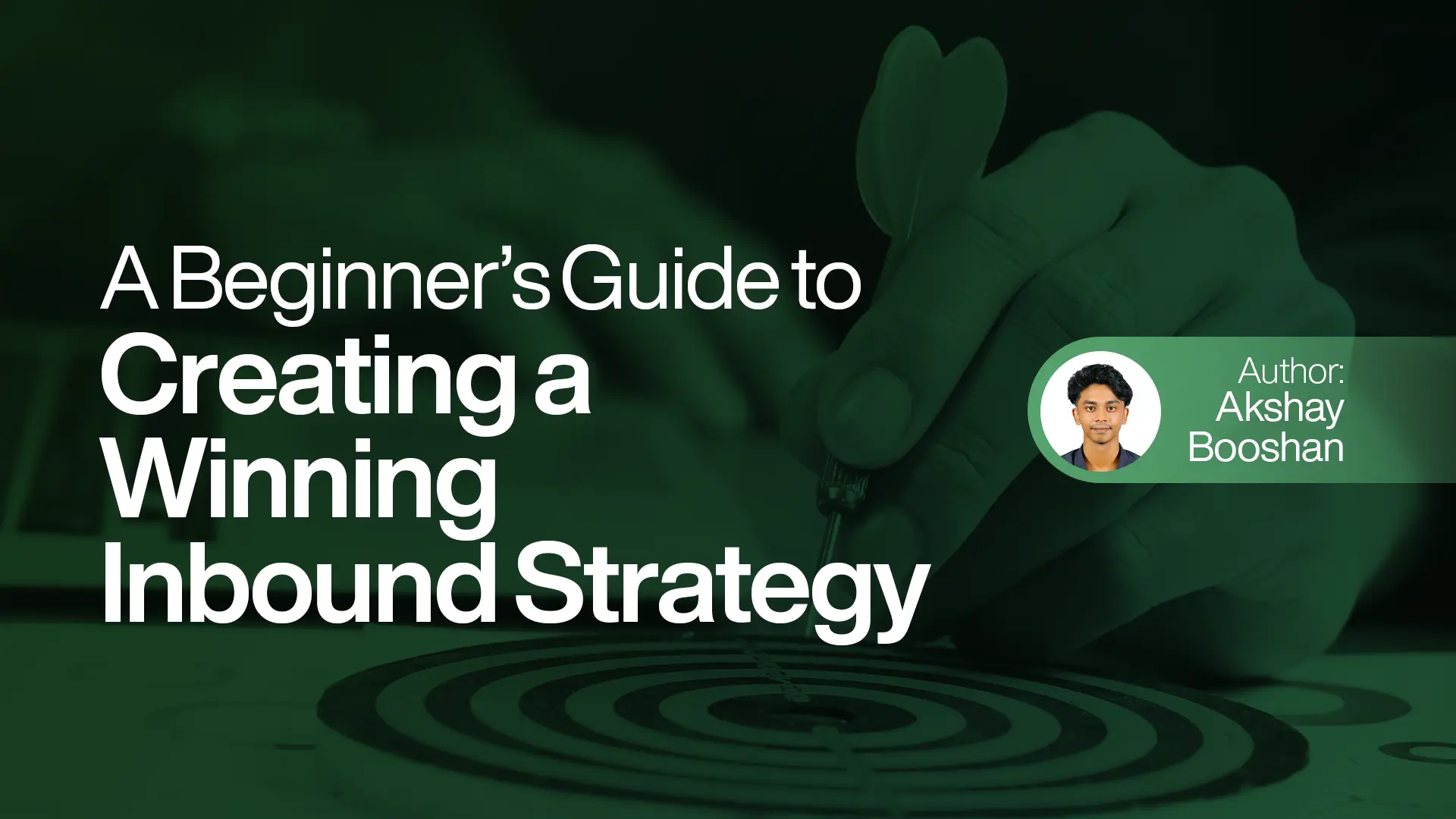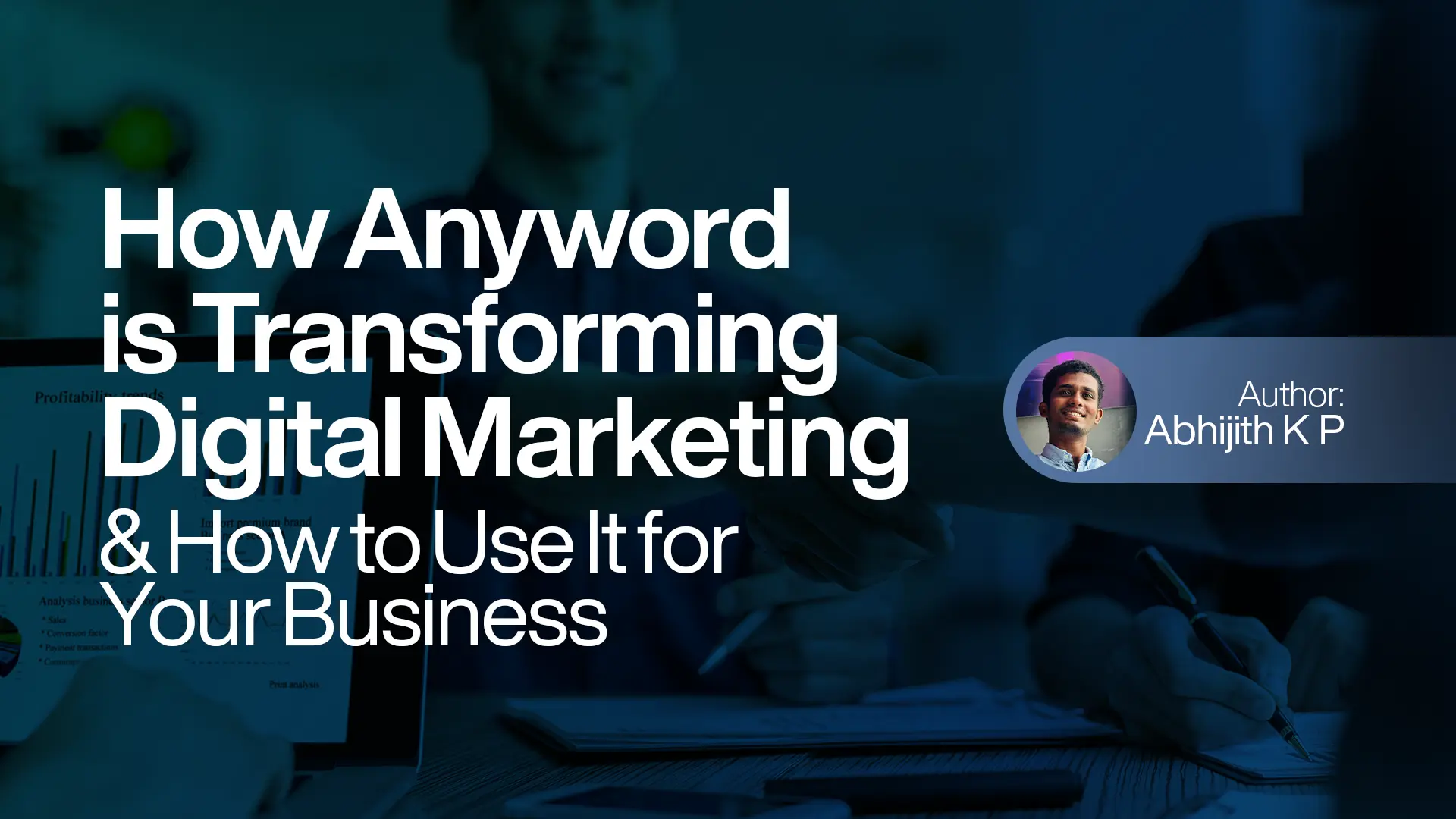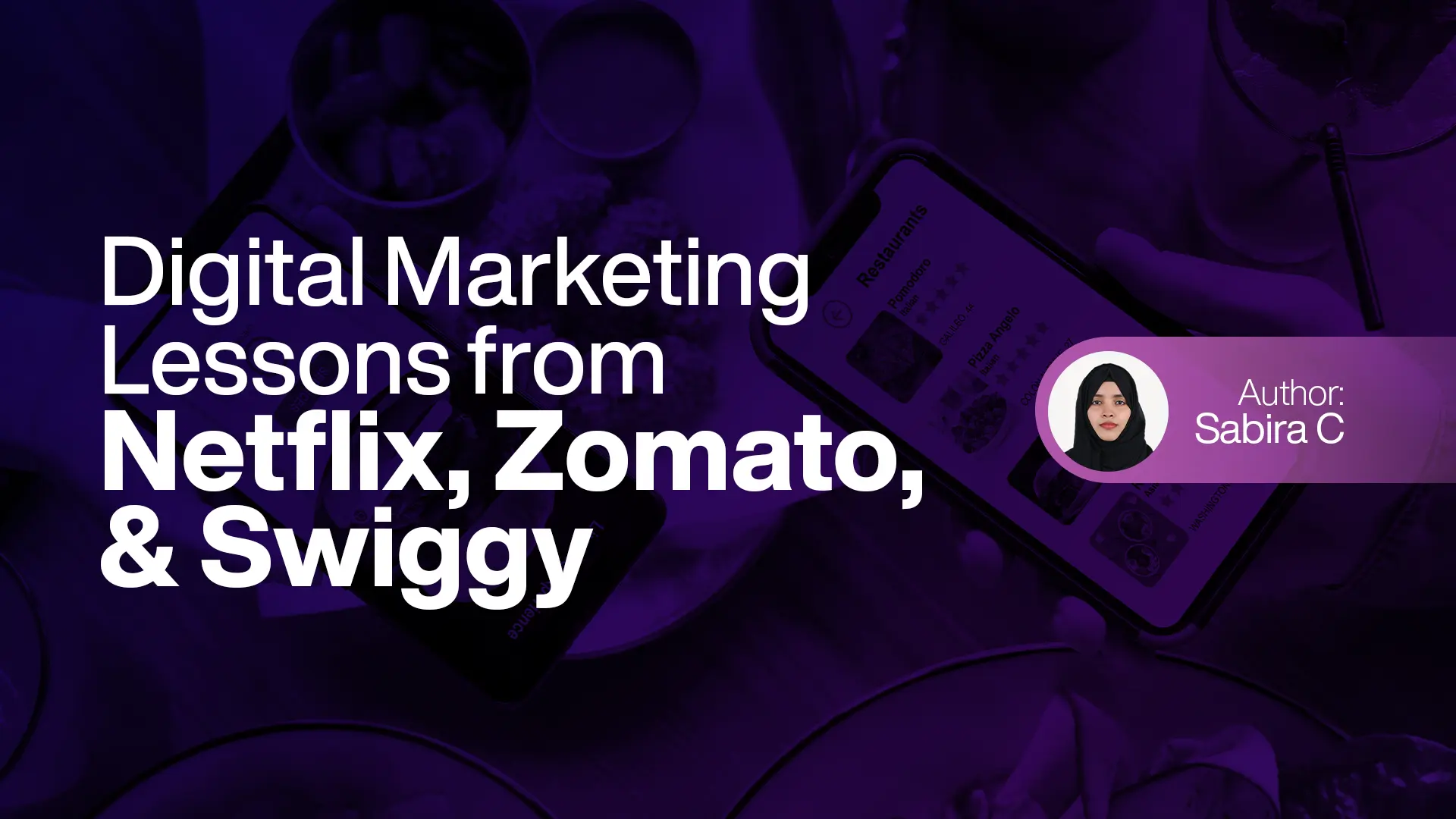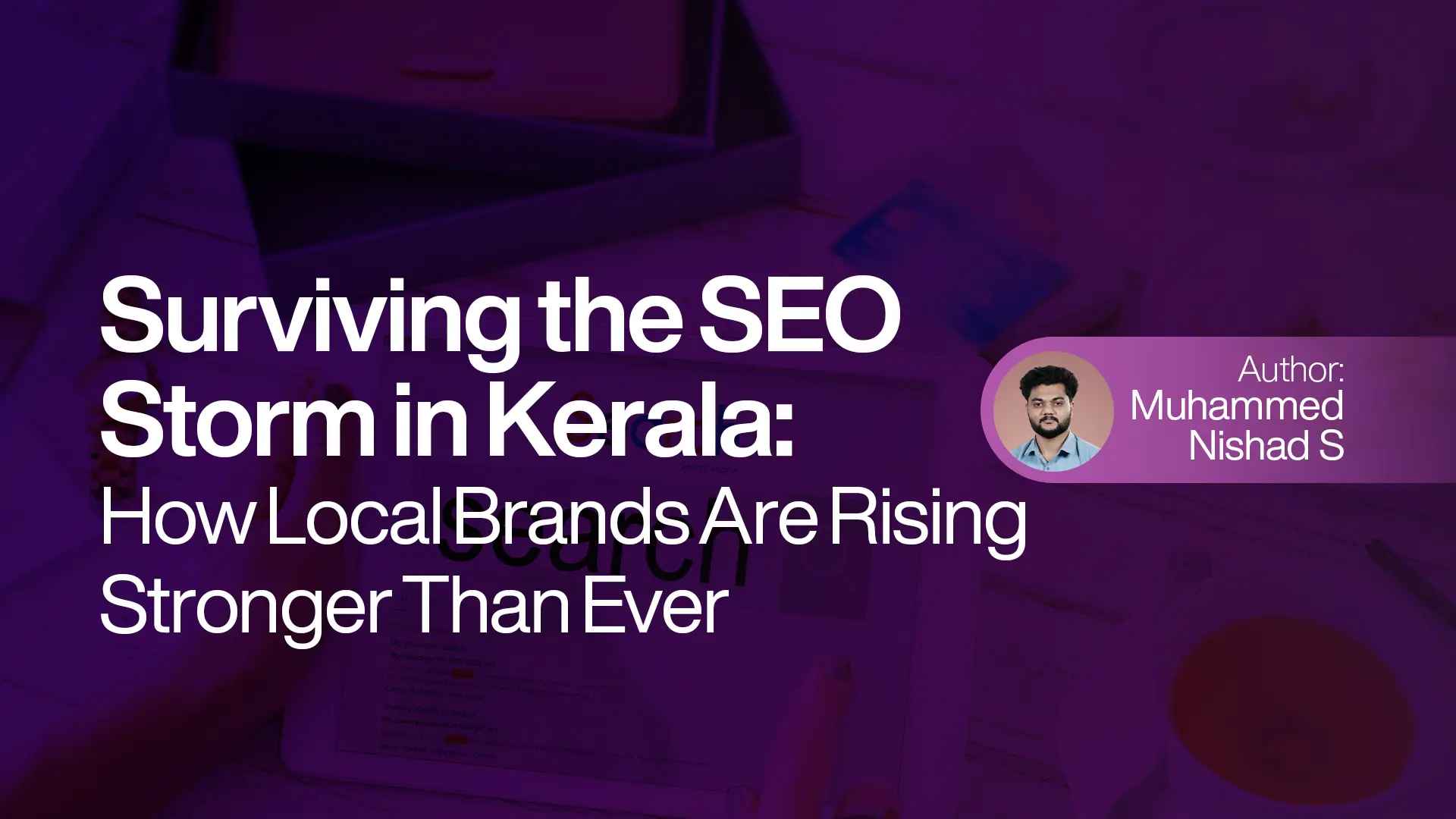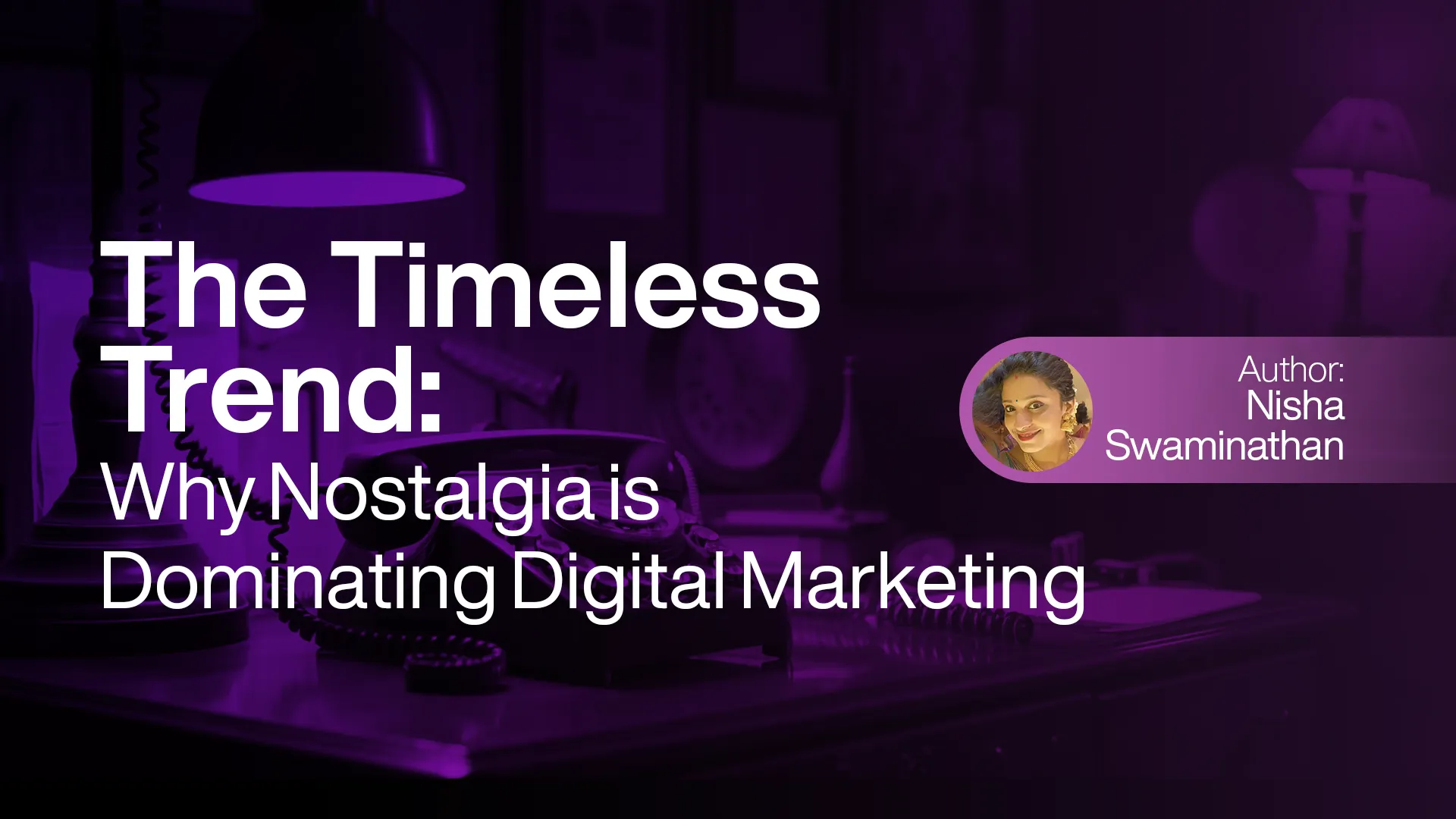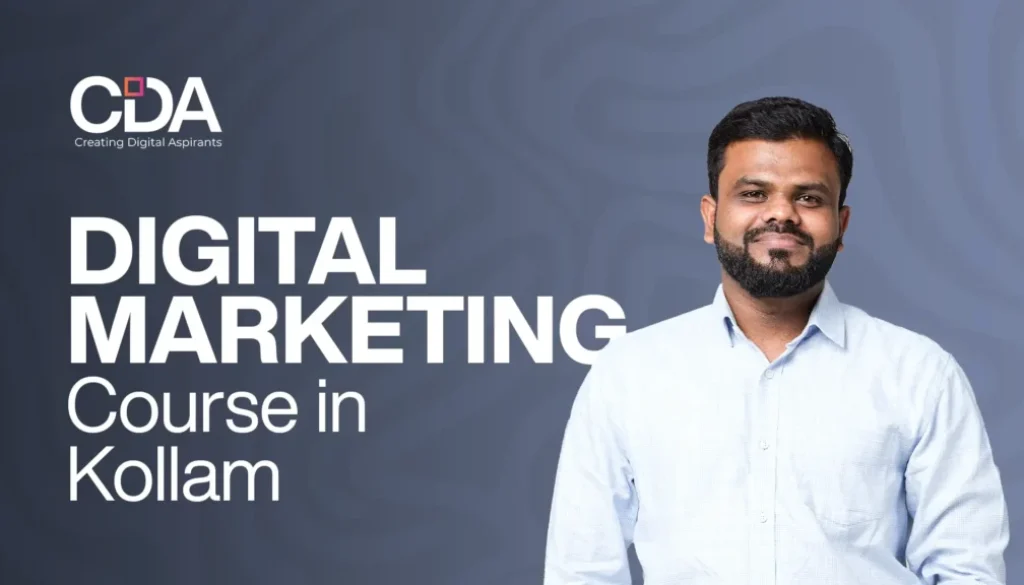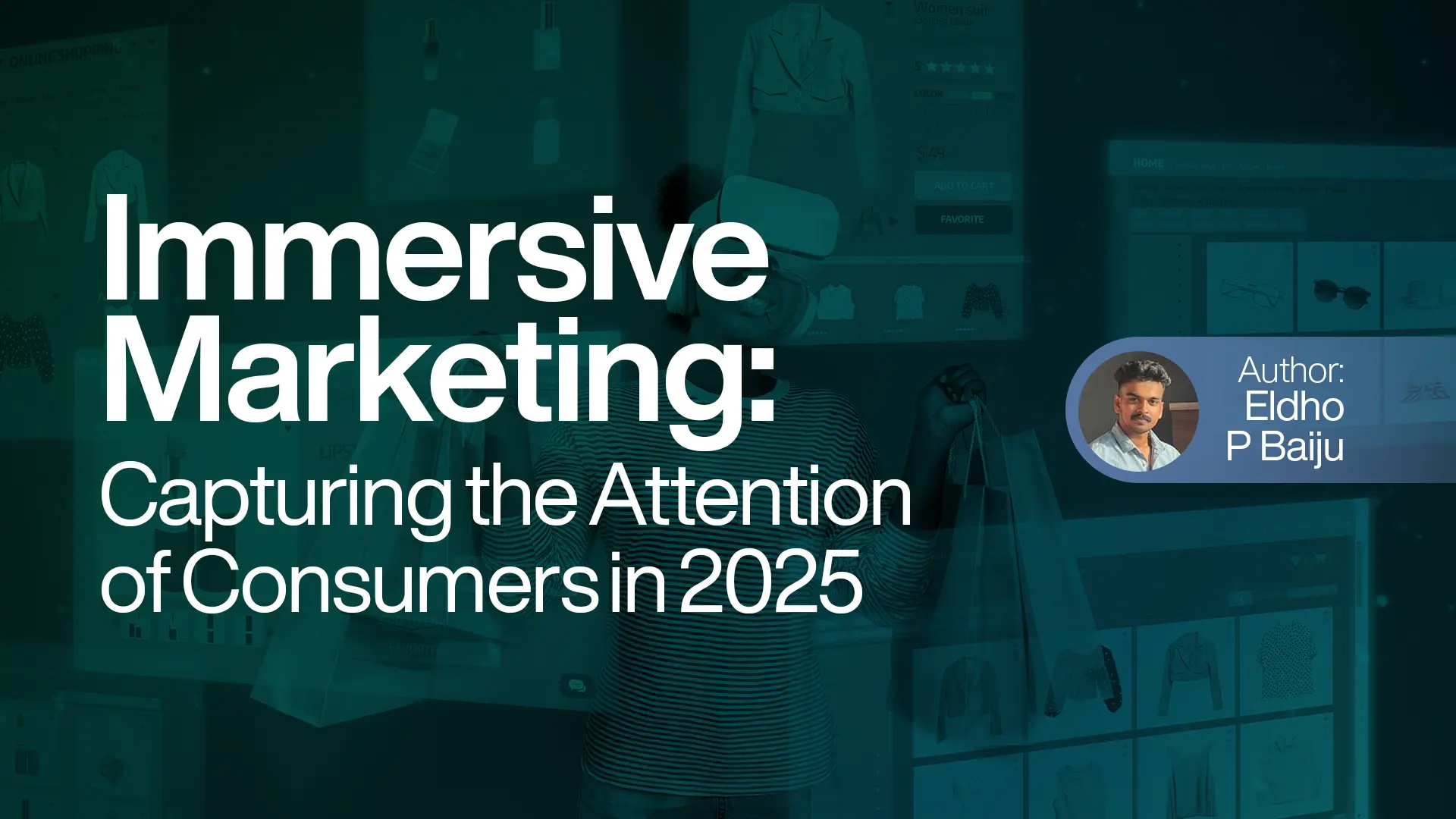
Immersive Marketing Capturing the Attention of Consumers in 2025
Introduction
Brands are looking for innovative marketing strategies to reach out to customers in the constantly changing digital world. One of the strategies that is developing in 2025 is called Immersive Marketing. This form of marketing is not just advertising but involves creating captivating experiences with interaction on multiple levels.
What is Immersive Marketing?
Immersive Marketing is a technique that engages the consumers by narrating tales concerning a brand’s products through their active participation. It uses more than one form of communication: from digital and outdoor settings to virtual platforms, uniting them into one event. Unlike marketing that is often one-sided, immersive marketing goes far beyond traditional marketing by enabling consumers to participate in two-way interactions.
Why Immerse Marketing Matters in 2025
Ever-increasing consumer scrutiny, as well as the search for more meaningful interactions, provides some unique benefits of applying immersive marketing, including:
- Increased Interaction: The use of immersive marketing provides a higher level of attention to the products and services offered.
- Emotional Connection: Experiences offered through Immersive Marketing impact brand loyalty and ensure retention through the provision of positive unforgettable memories.
- Differentiation: Unique experiences enable brands to capture customer attention in a busy marketplace.
Applying Strategic Approaches to Marketing Immersion
When it comes to leveraging immersive marketing, think about the following strategies:
- Virtual Reality (VR) and Augmented Reality (AR)
Employ AR and VR to provide product previews through artificial demonstrations. For example, a furniture shop can visualize a prospective customer's home with a piece of furniture using AR to show what it would look like in “real-time”.
- Interactive Participation Content
Create interactive material such as polls, quizzes, or videos. This not only increases user engagement but also enables businesses to better understand the opinions and preferences of their customers.
- Experience Events
Run physical or digital brand-centered events that actively involve and engage participants. Such activities also include pop-up brand installations or virtual reality interactivity.
- Multi-Channel Storytelling
Develop an elaborate brand story and communicate it through diverse channels while ensuring the narrative is consistent across platforms, reinforcing the story with every interaction.
Real-World Case: Wise Innovation Studios
Wise Innovation Studios takes the definition of immersive marketing to a different level with the help of AI-generated, virtual experiences for corporations like Disney and Marvel. They also do highly realistic digital projections and holographic shows, giving every audience a new and captivating way to engage with brands.
Overcoming Challenges
Like any other form of marketing, immersive marketing has some challenges that businesses should be ready to face:
- Resource Intensive: These kinds of marketing strategies require lots of technology and creative sources which could be costly.
- Technical Barriers: Making sure that users can interact with content effortlessly across different devices and platforms can be complicated.
- Measuring ROI: These analytics, especially concerning brand loyalty, are assessed by other means and require rethinking how the impact of immersive experiences will be evaluated.
Conclusion
Immersive Marketing is an innovative strategy for brands in 2025 that allows for building meaningful connections with consumers through engaging interactions, enabling them to be remembered. Accepting this approach will allow businesses further differentiation and improved relationships with customers in a digitally cluttered environment.
Author Info
Eldho P Baiju, a Best Digital Marketing Consultant in Pondicherry.

